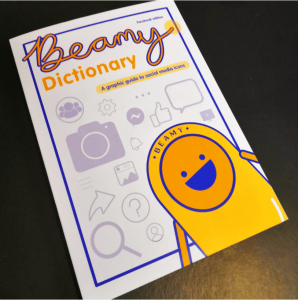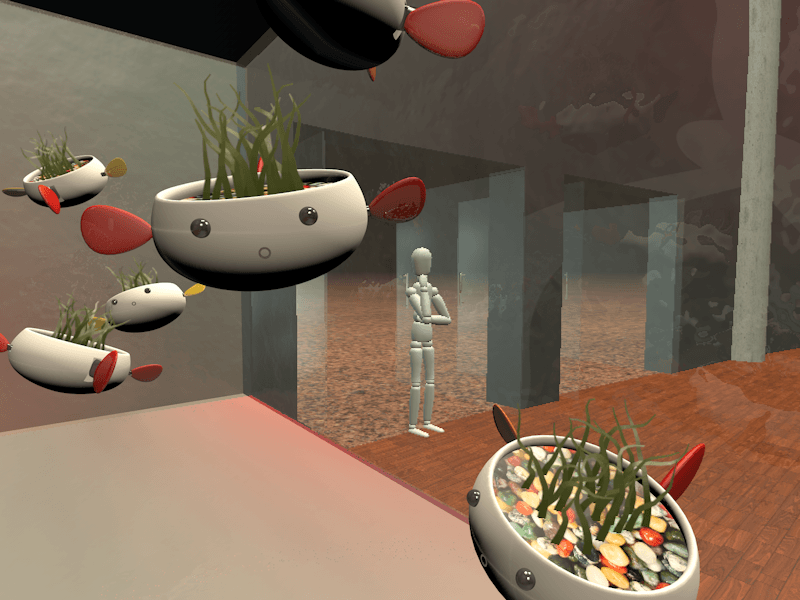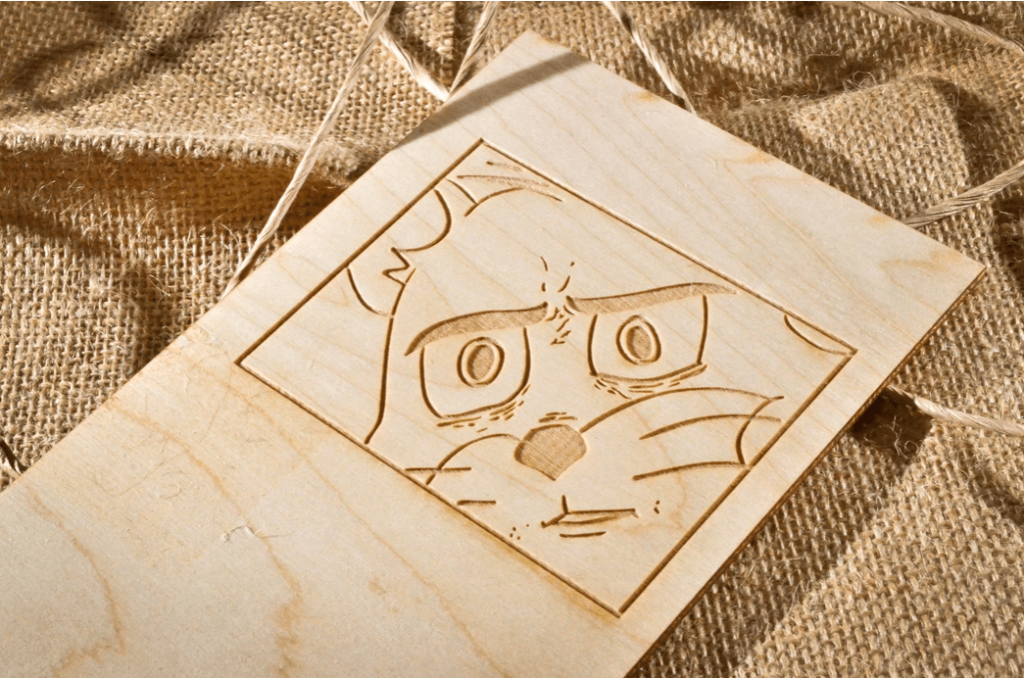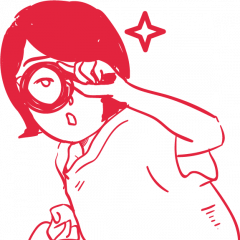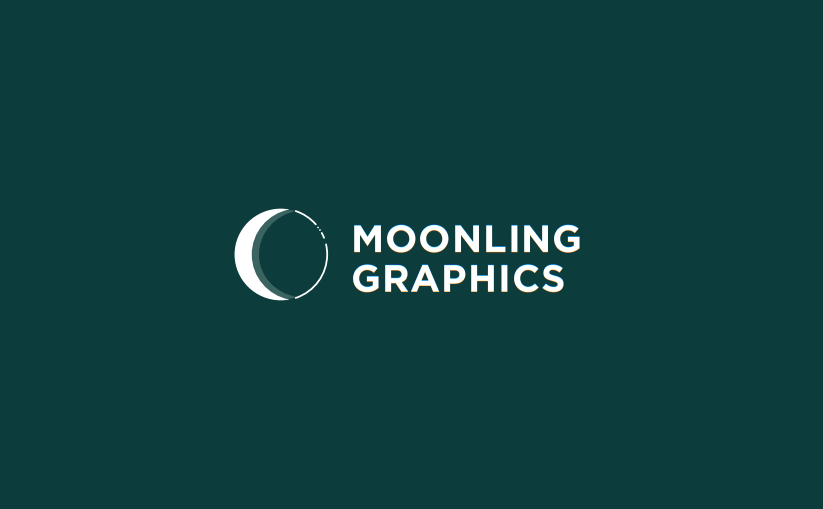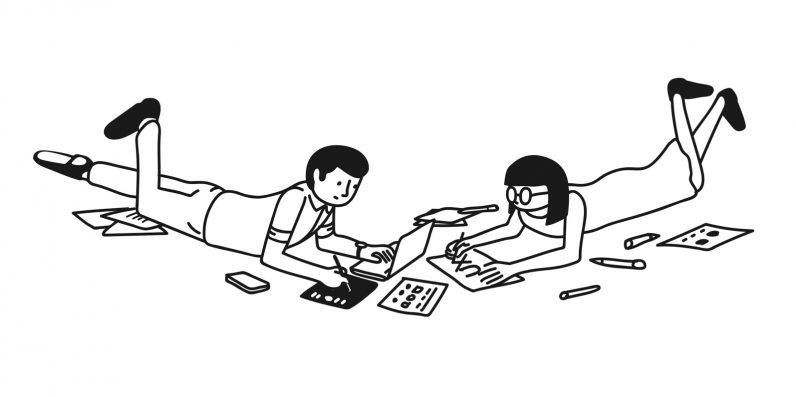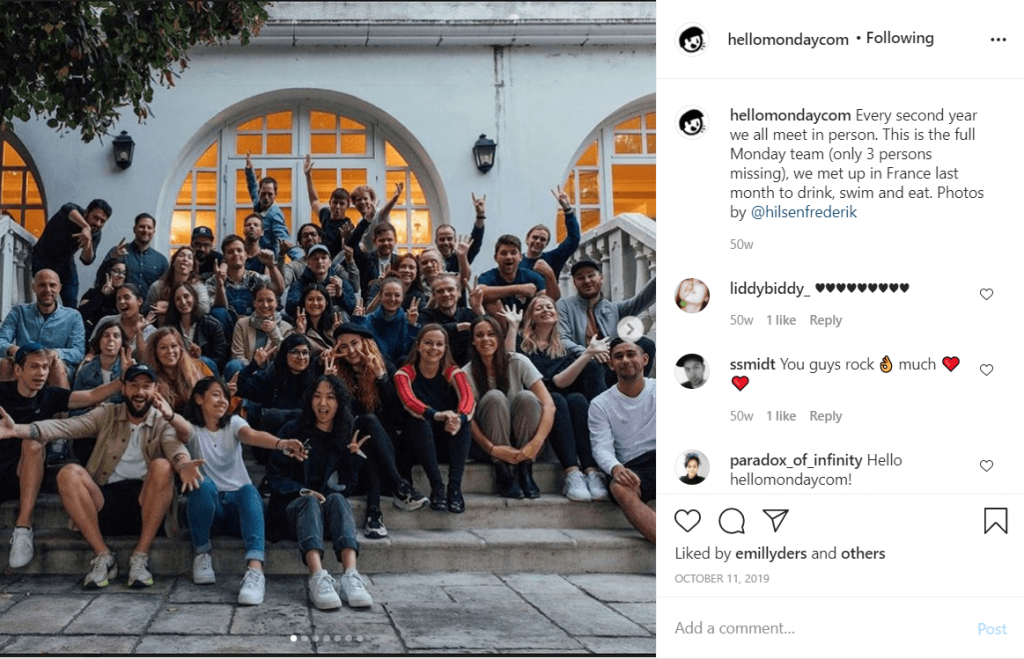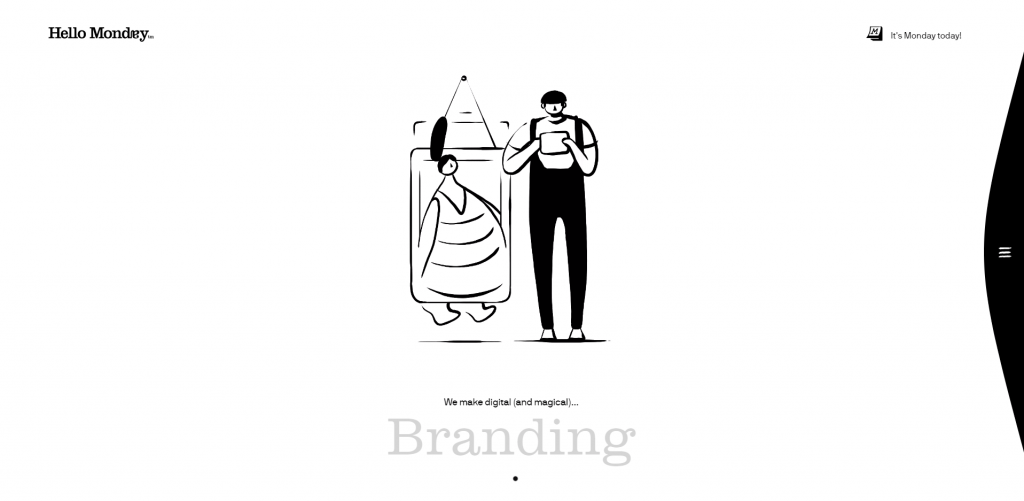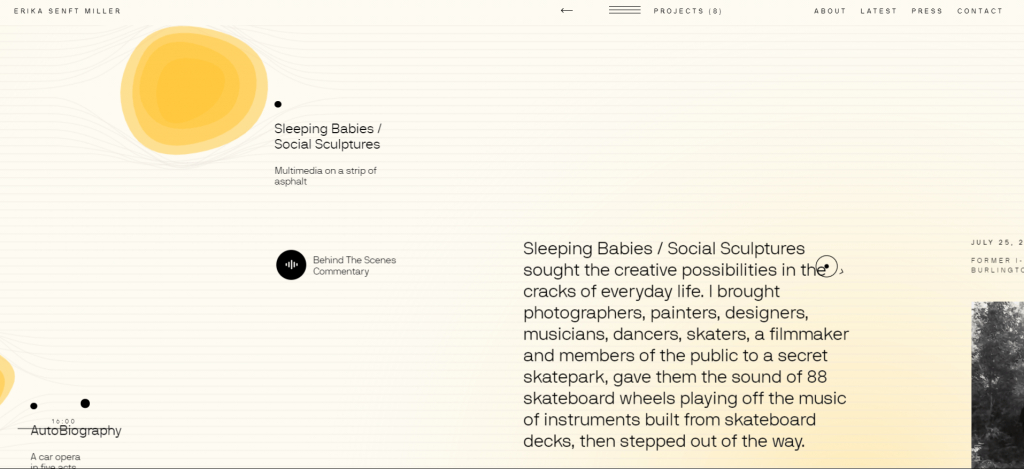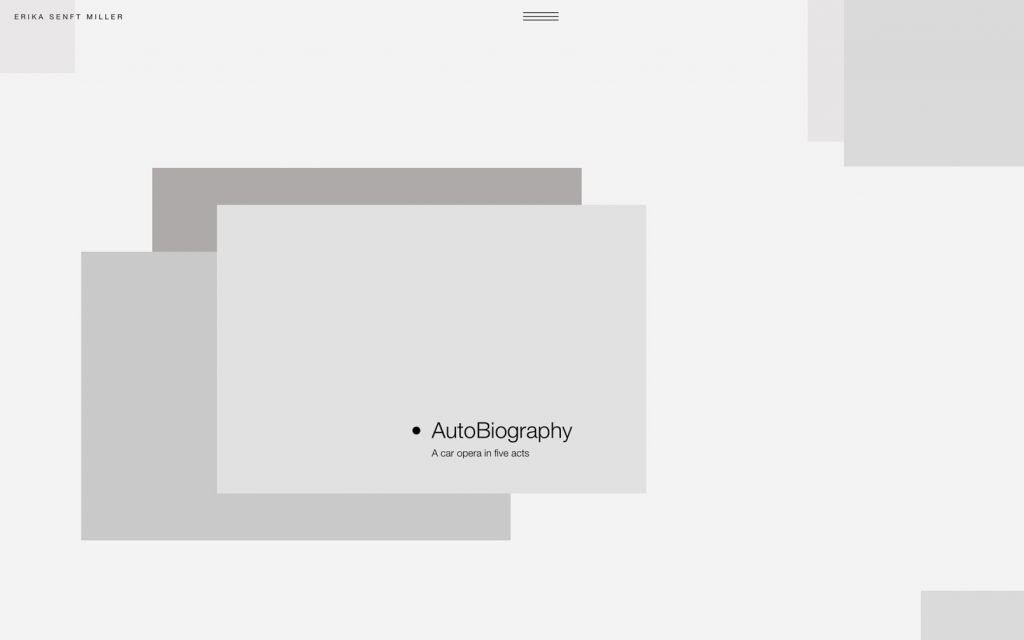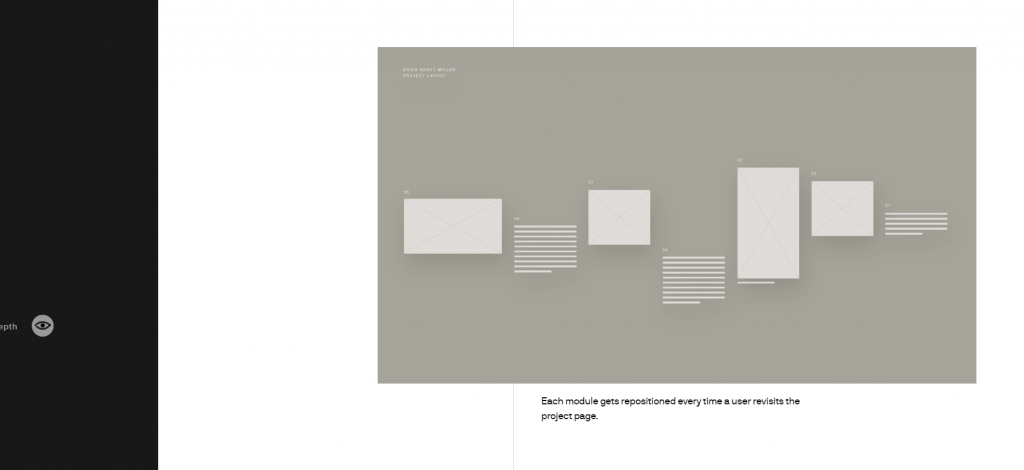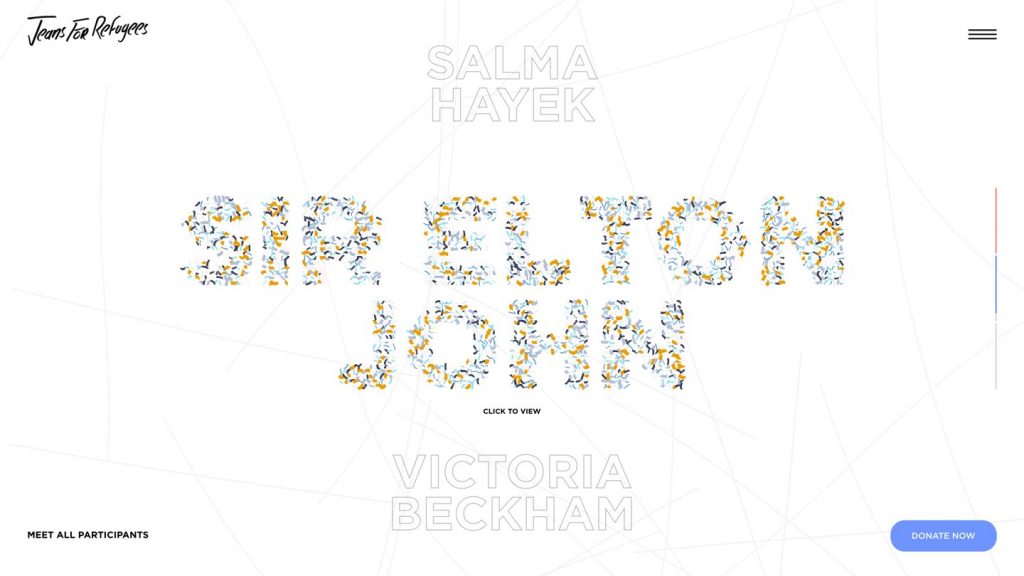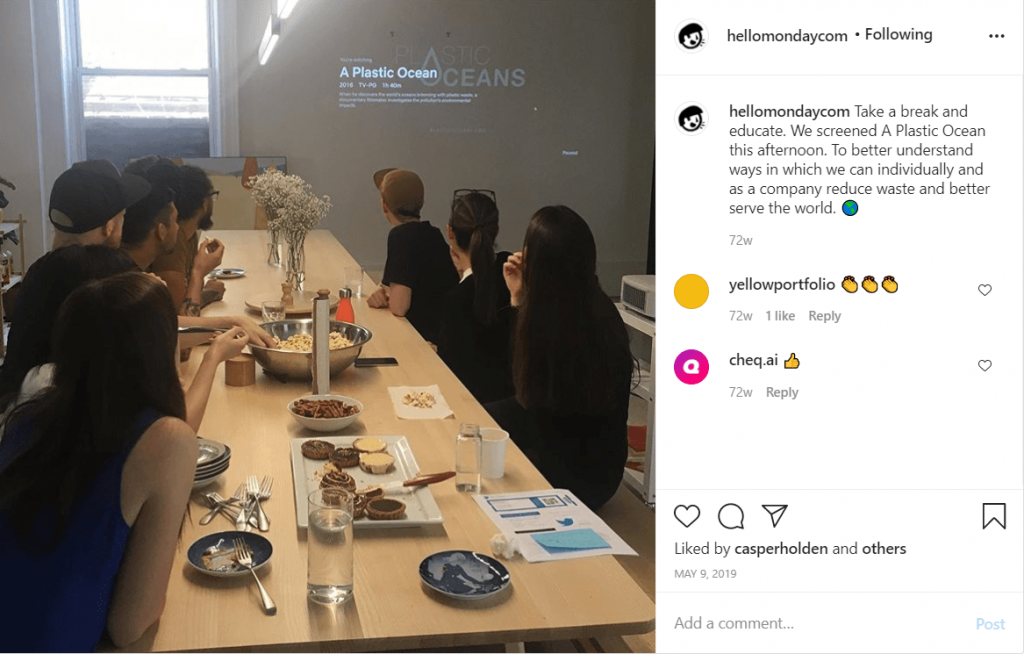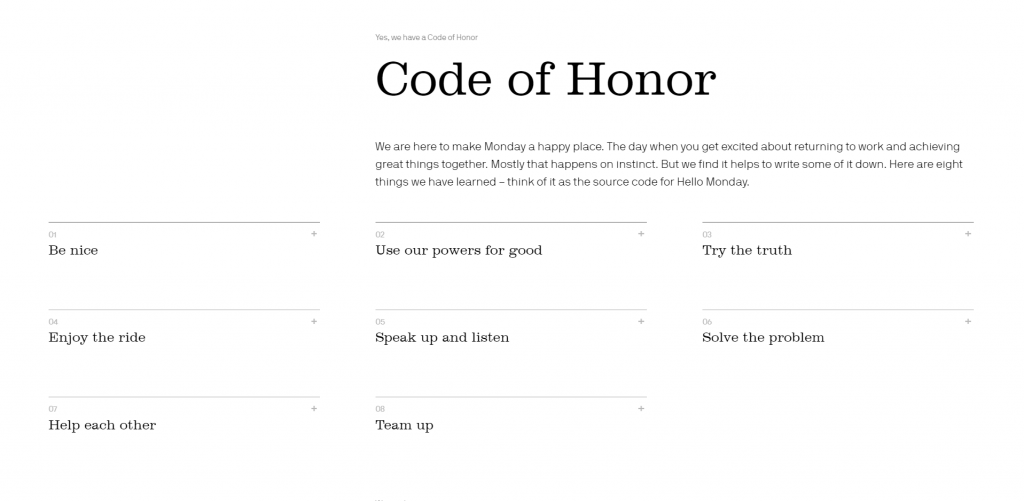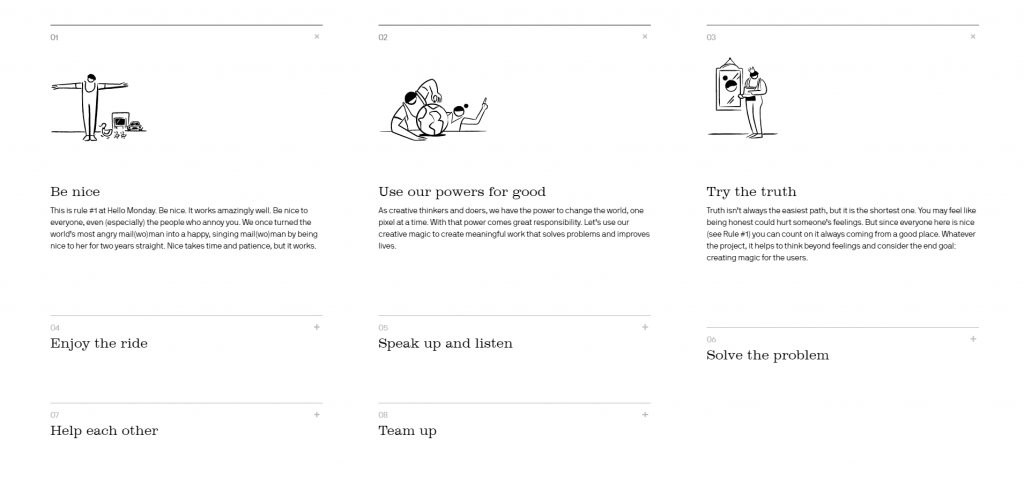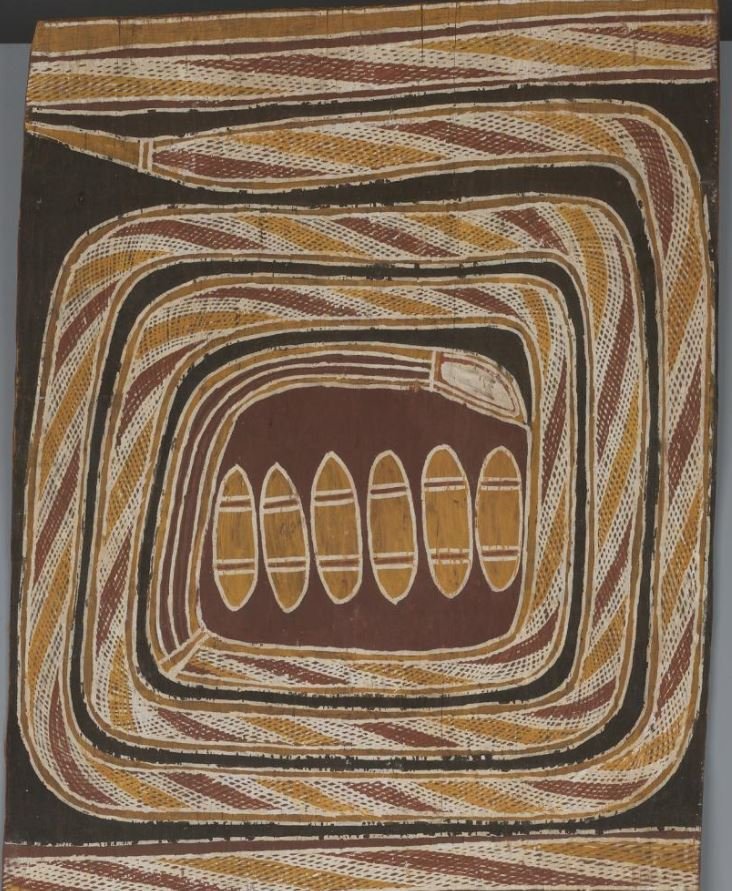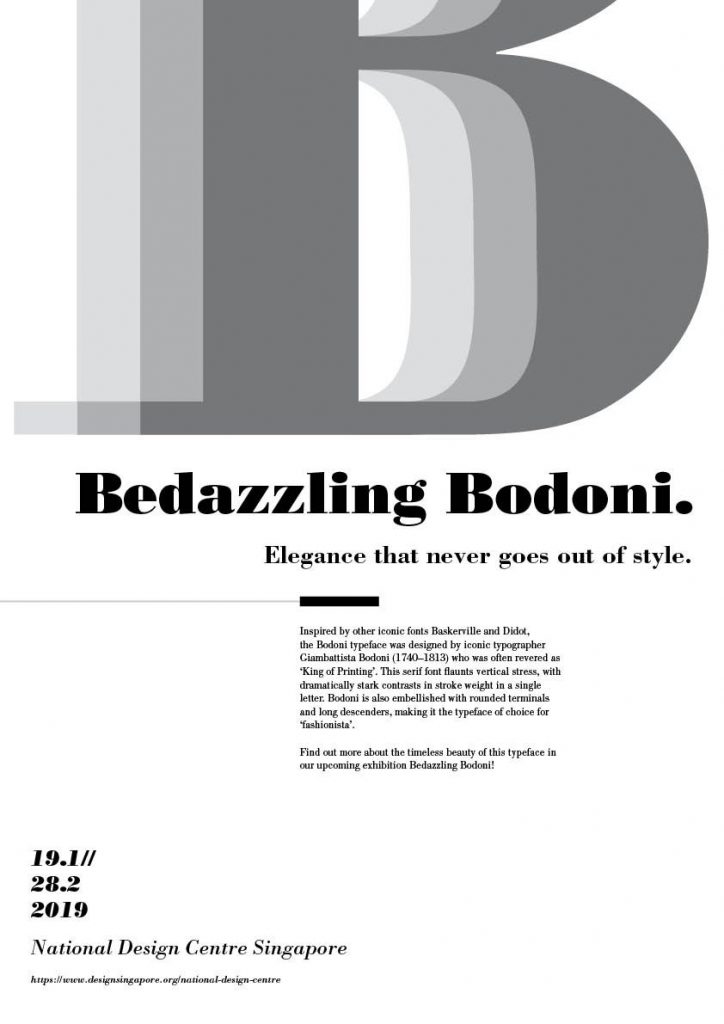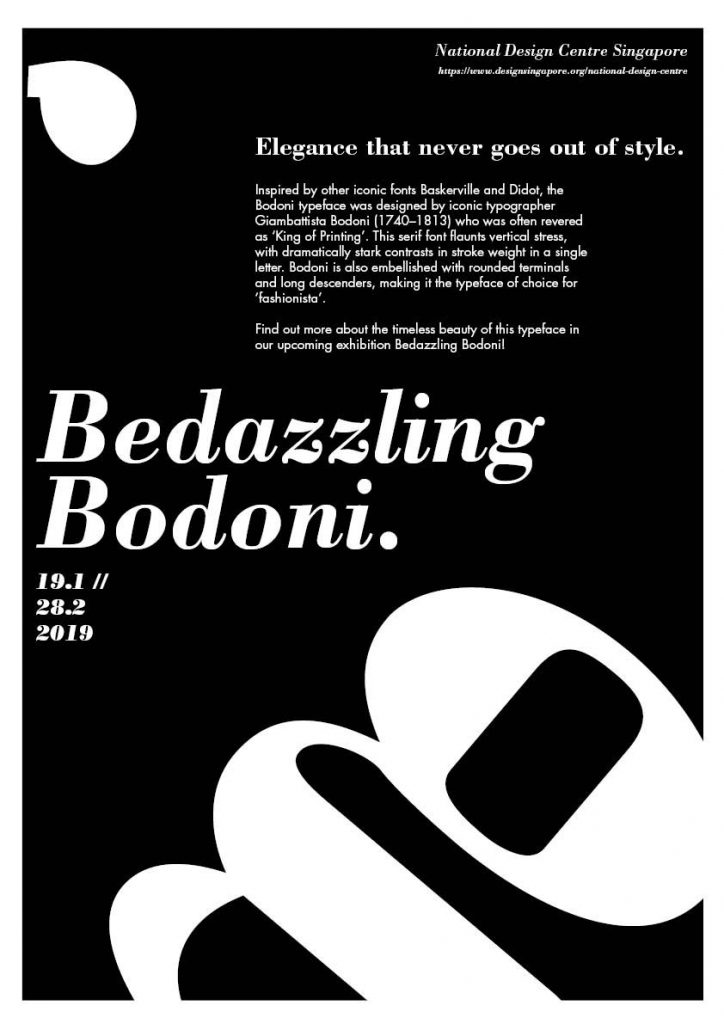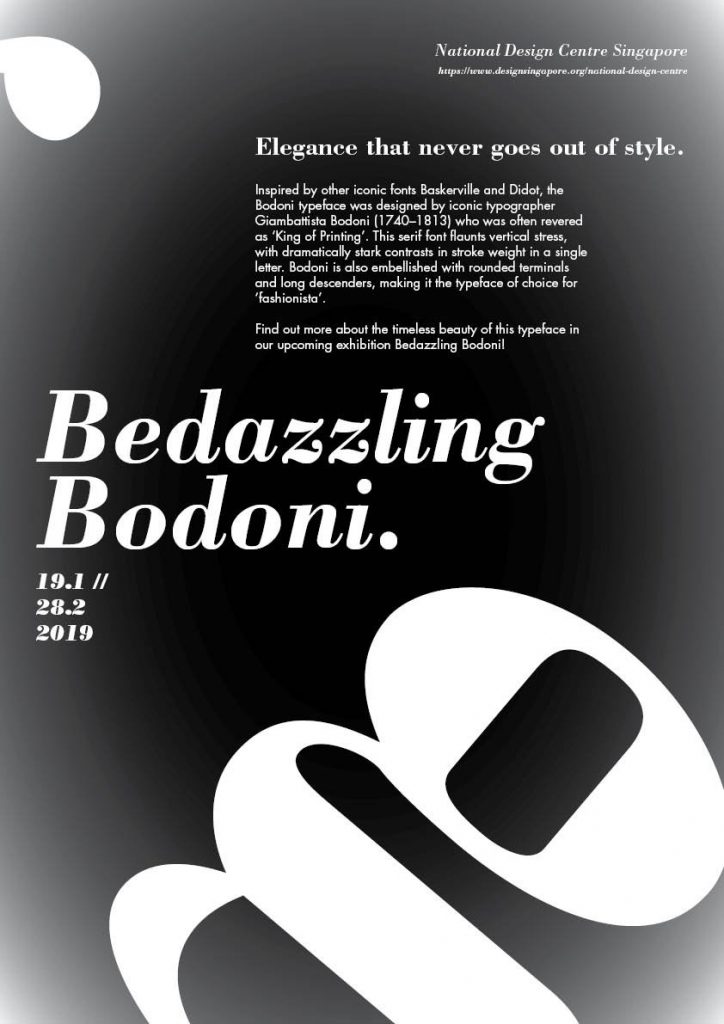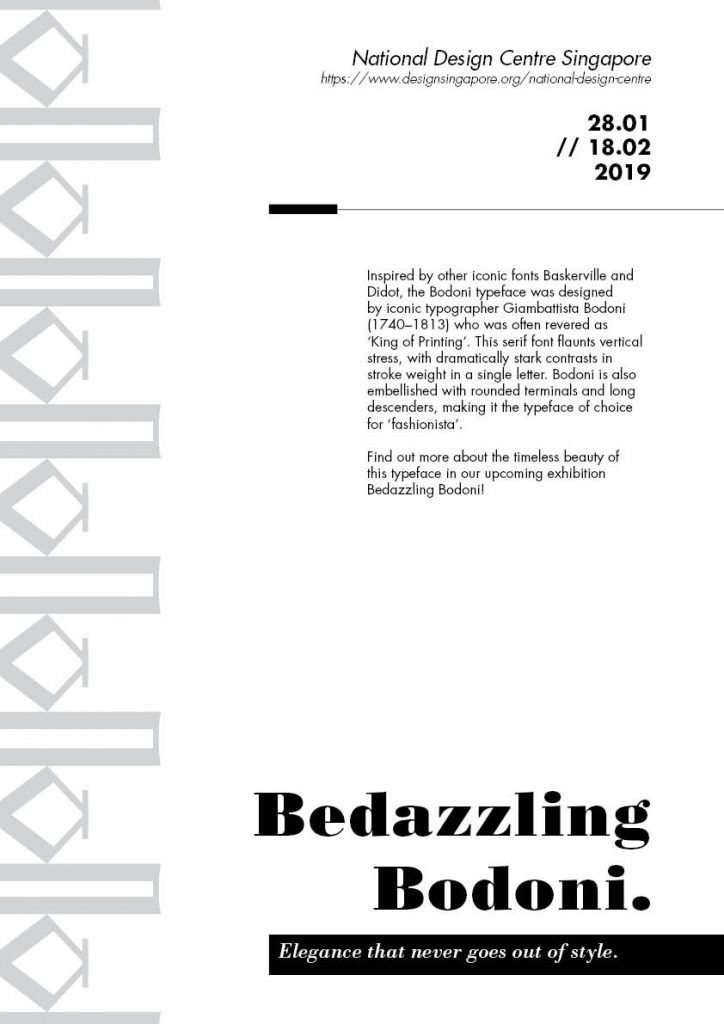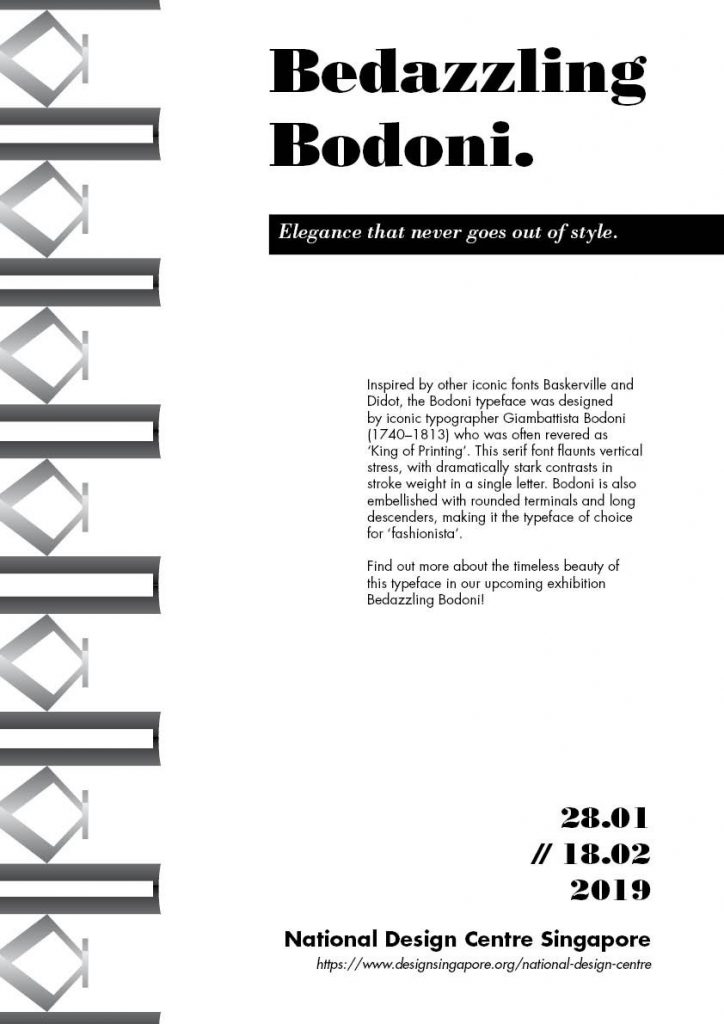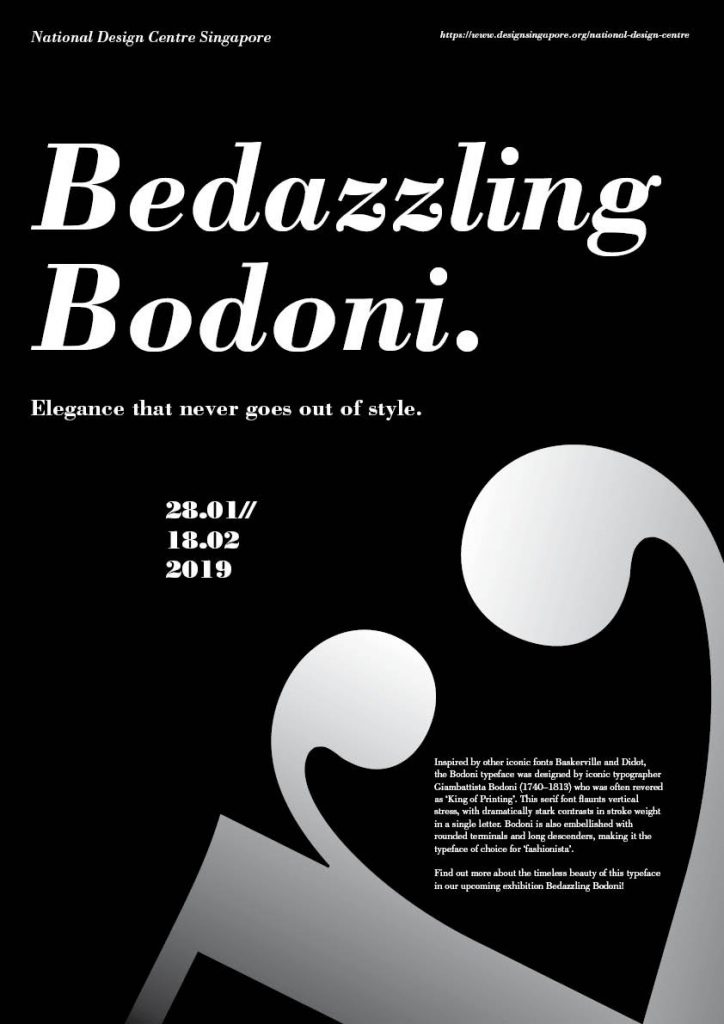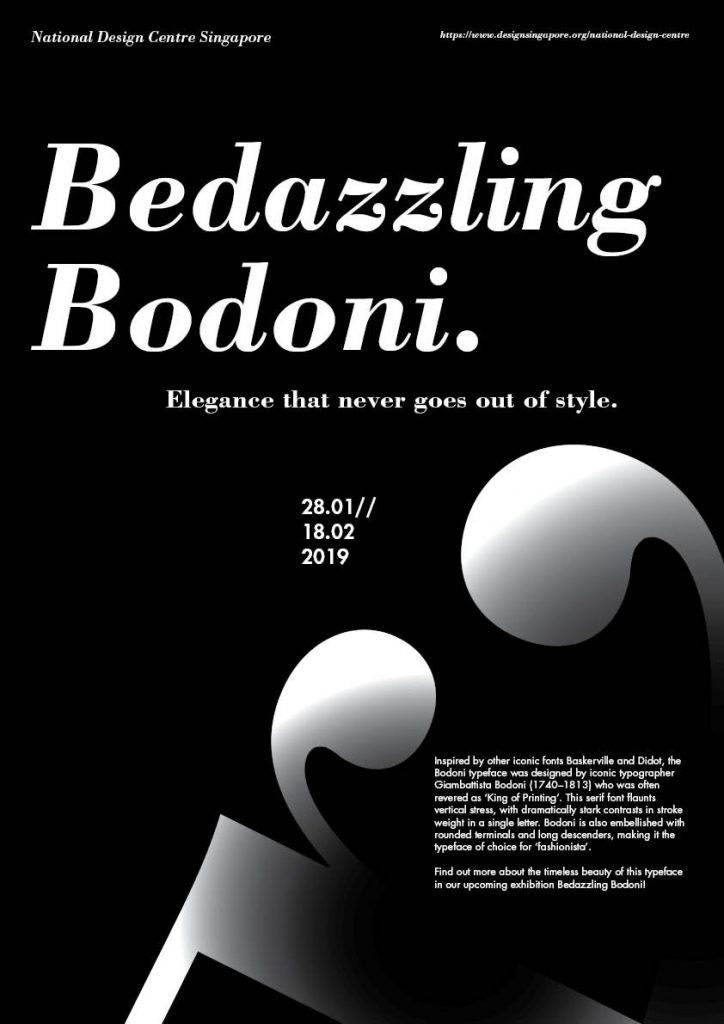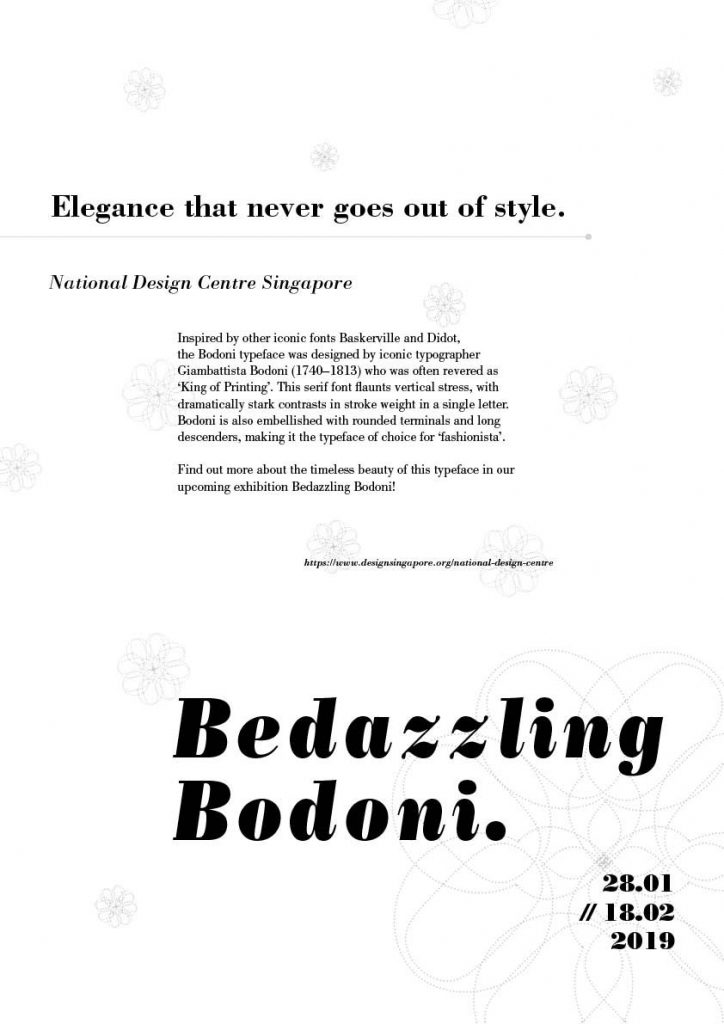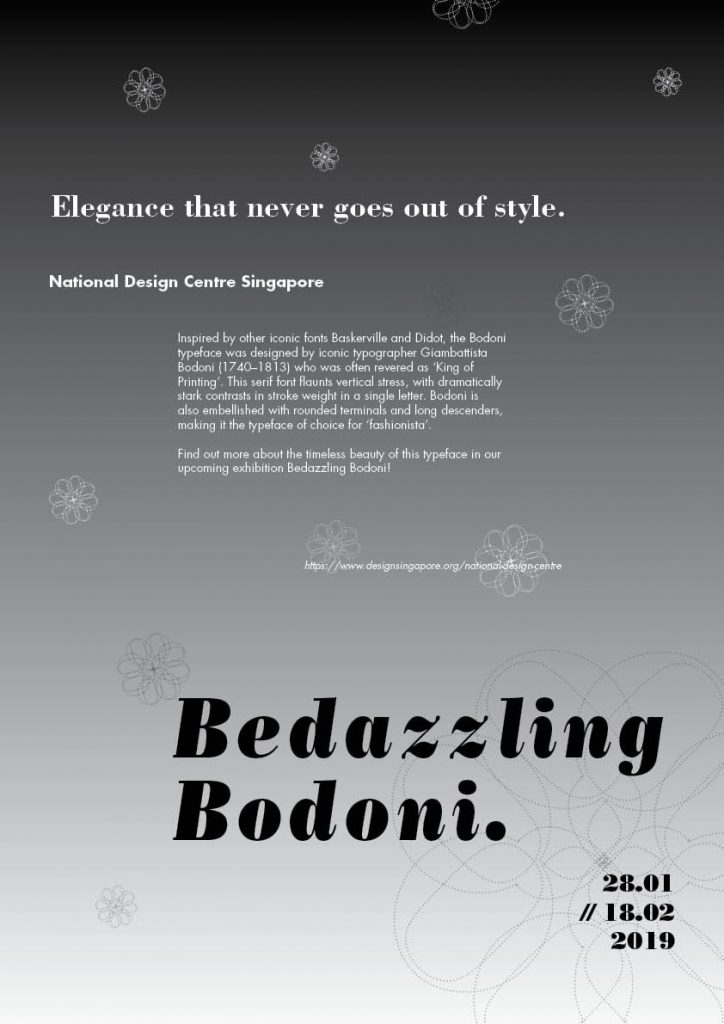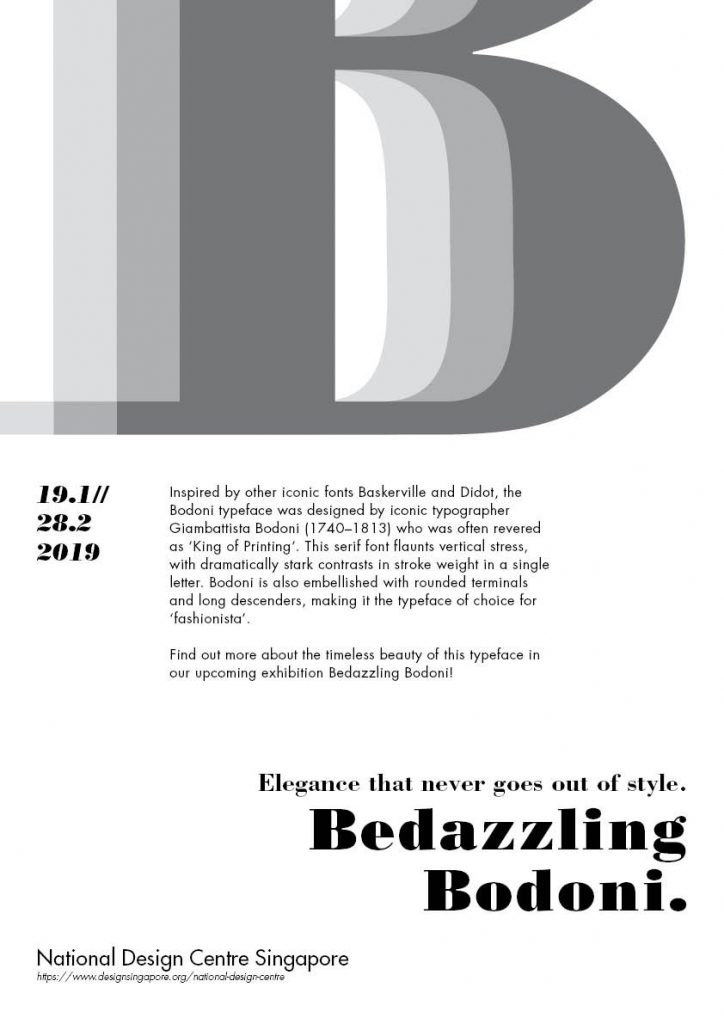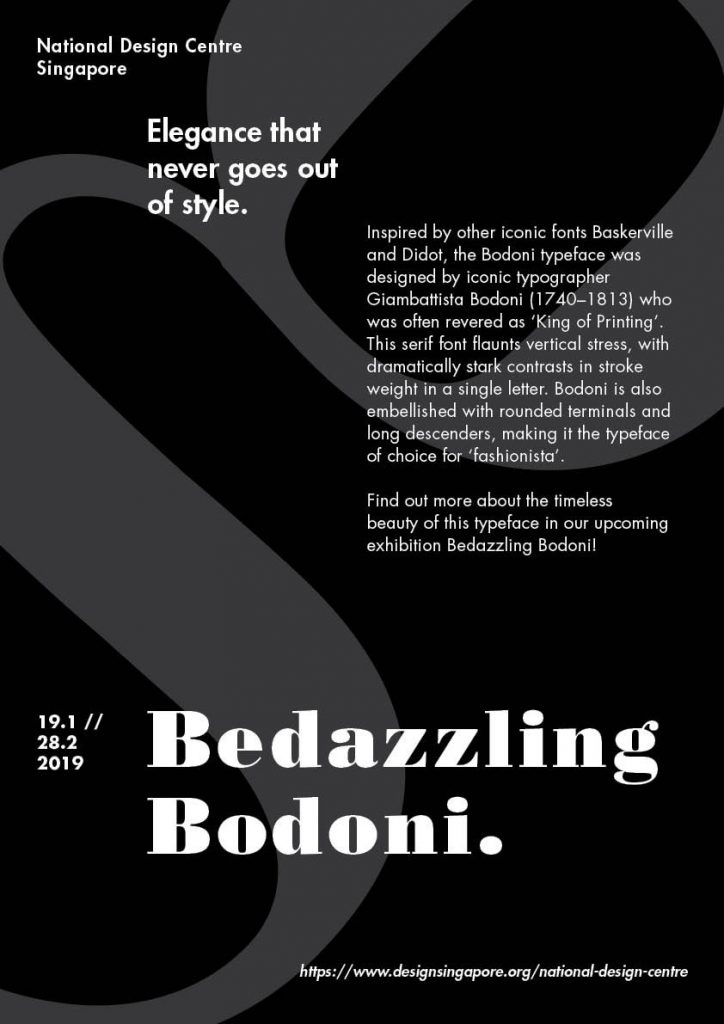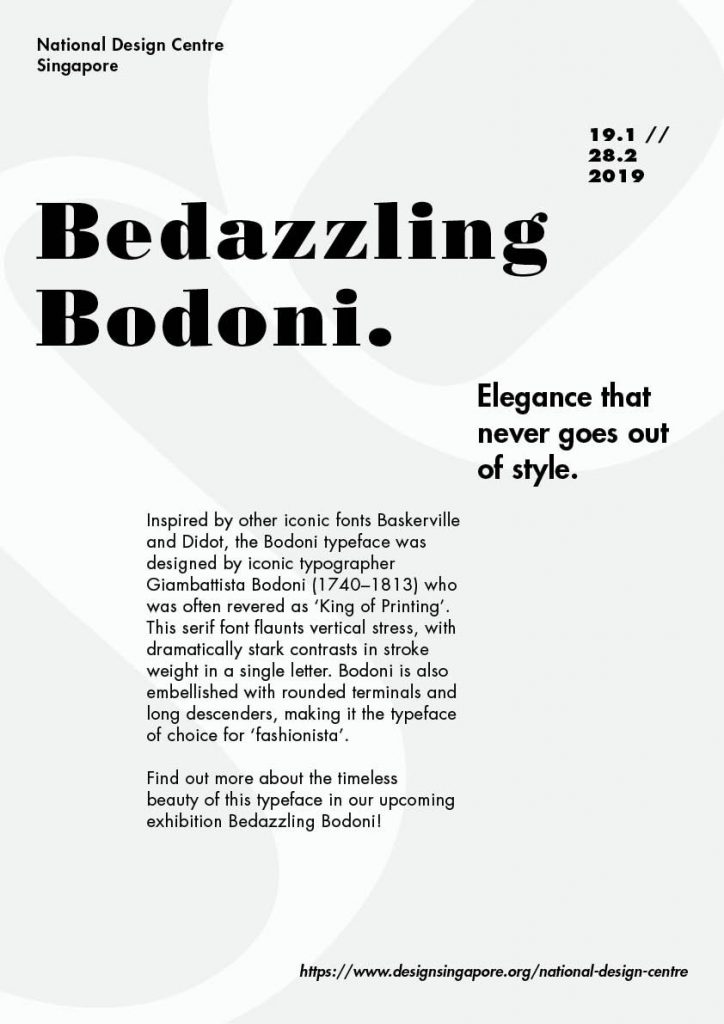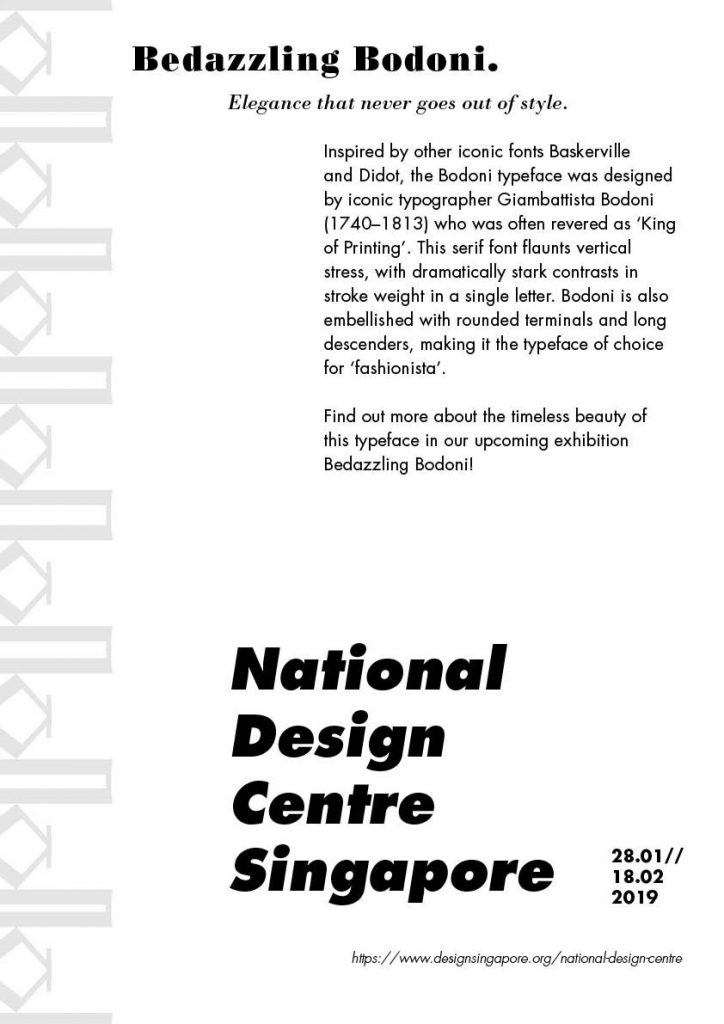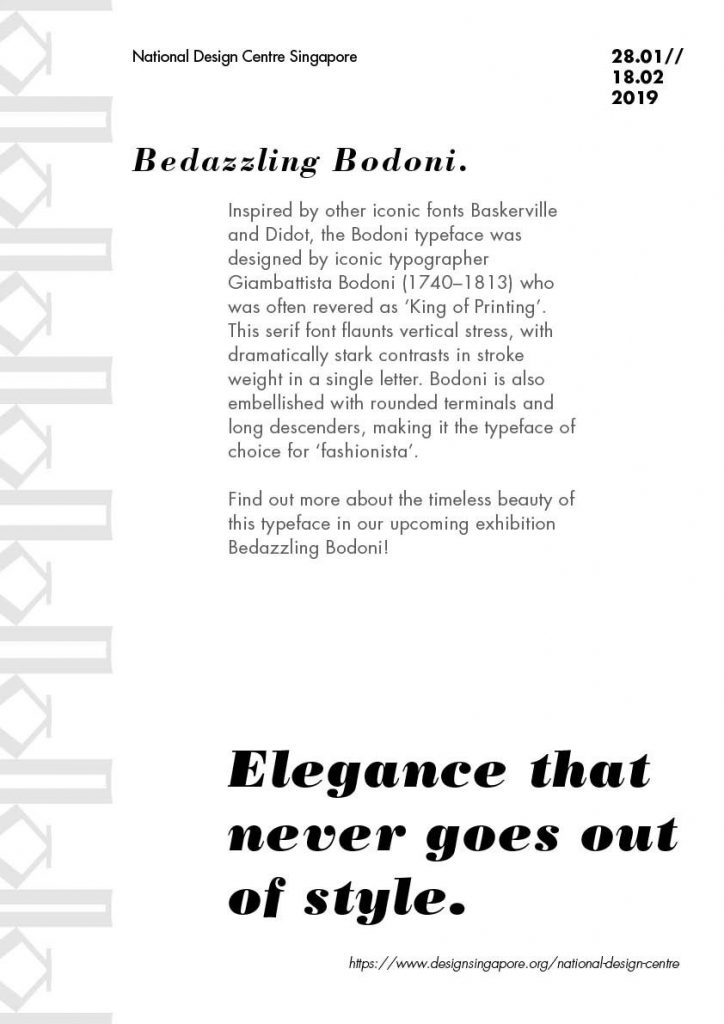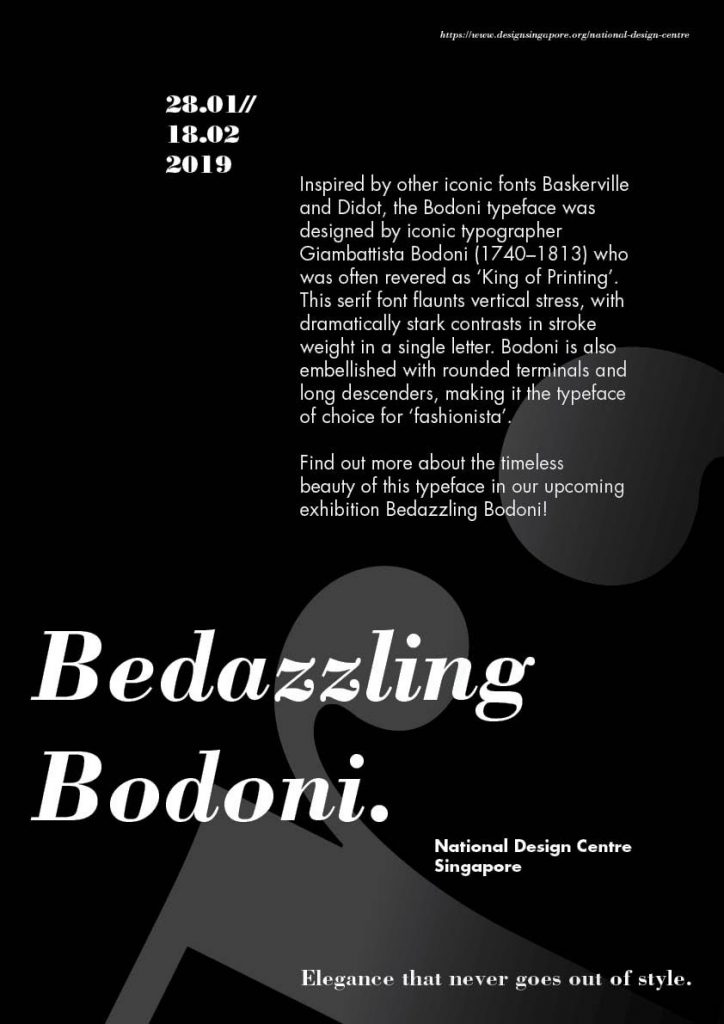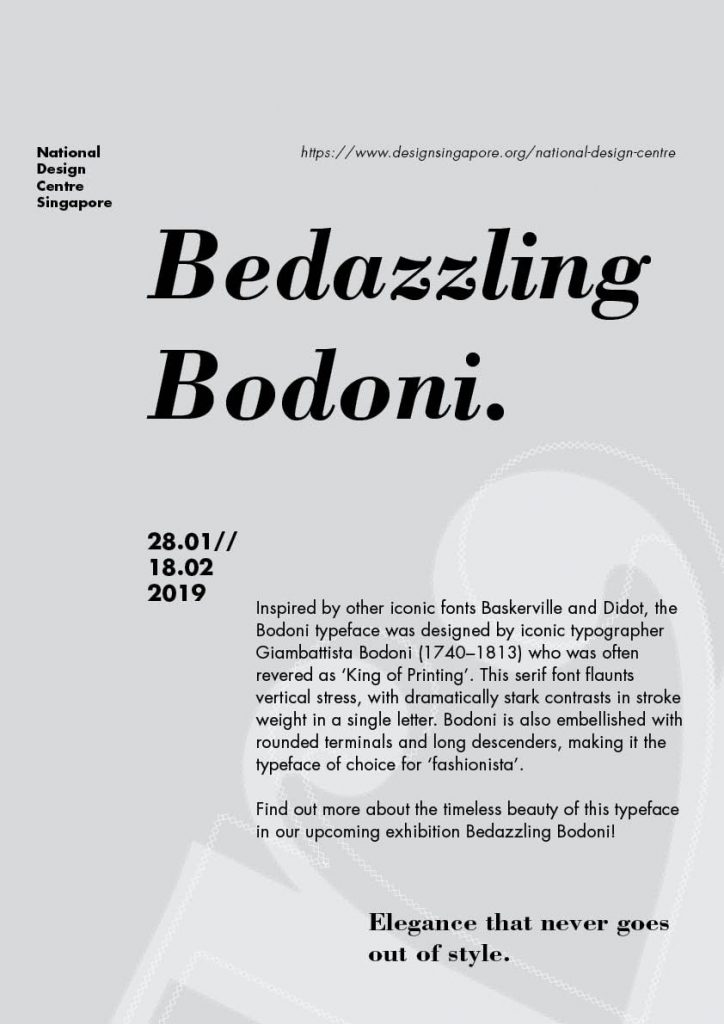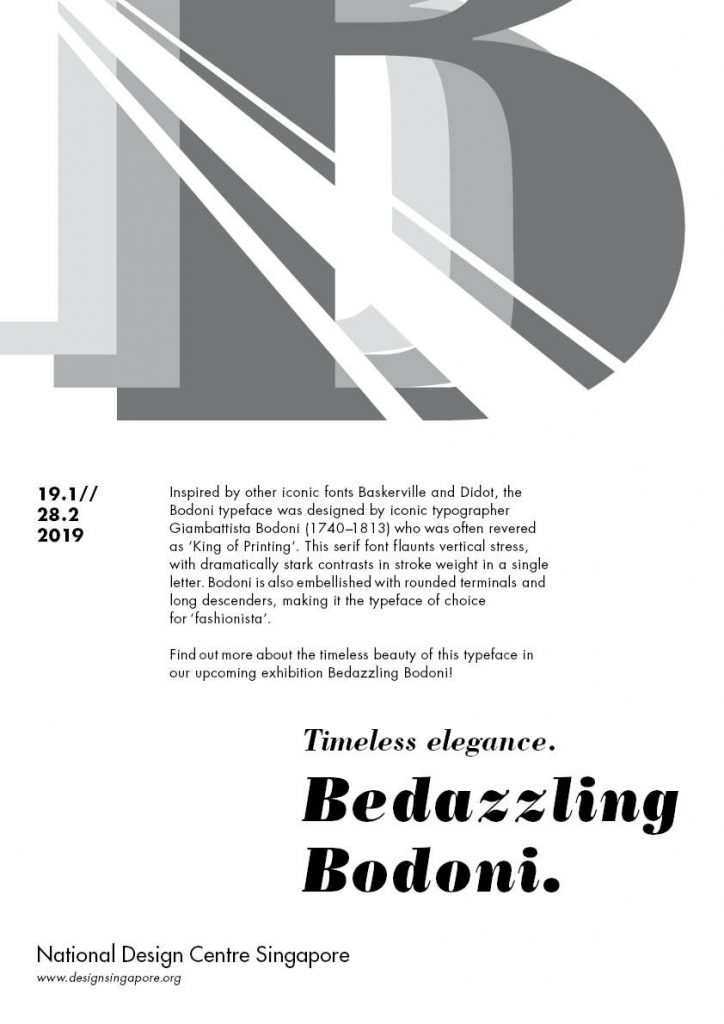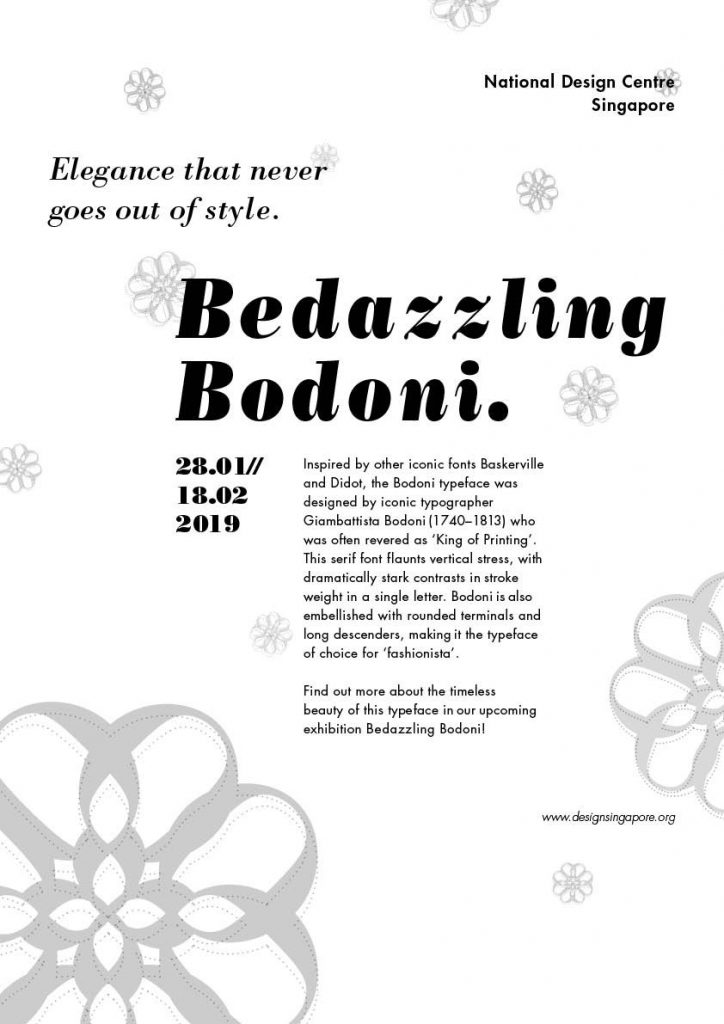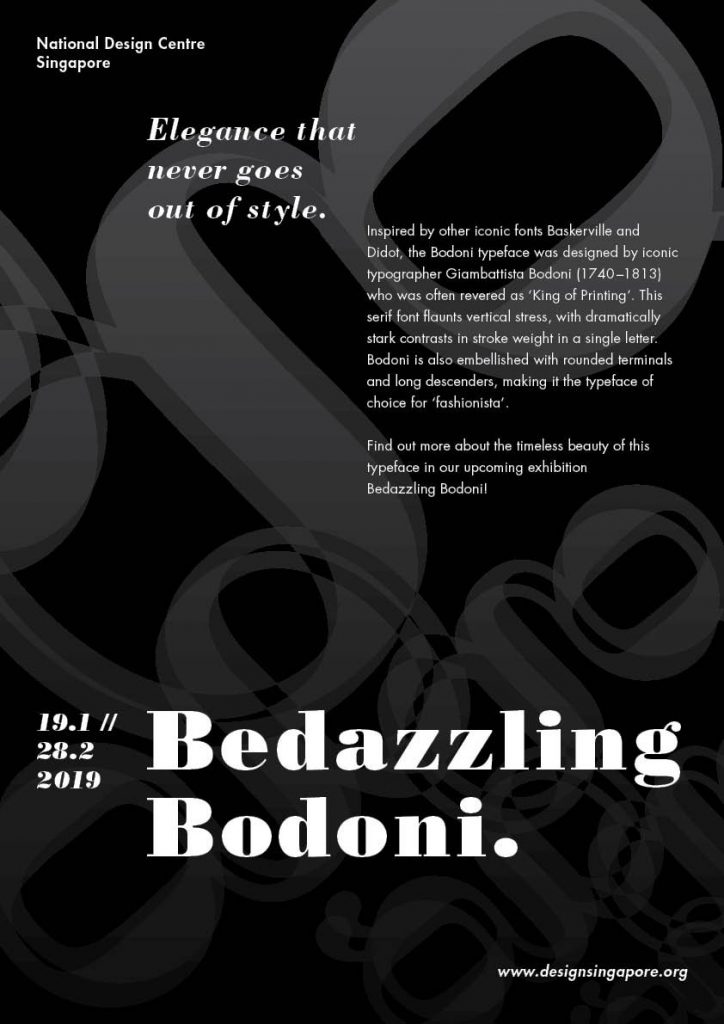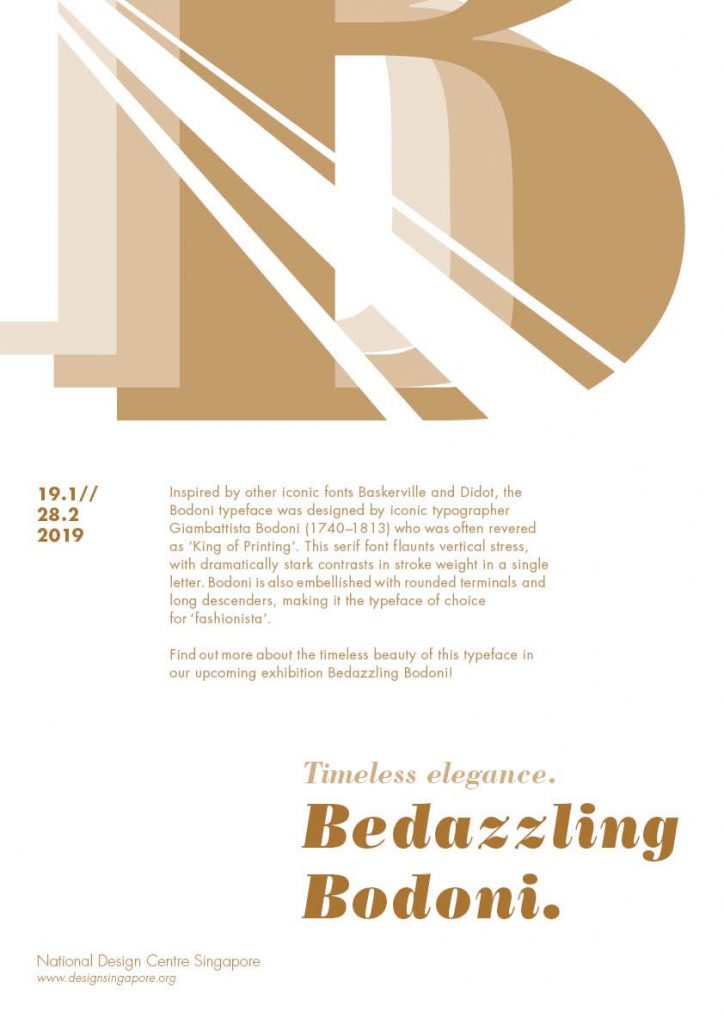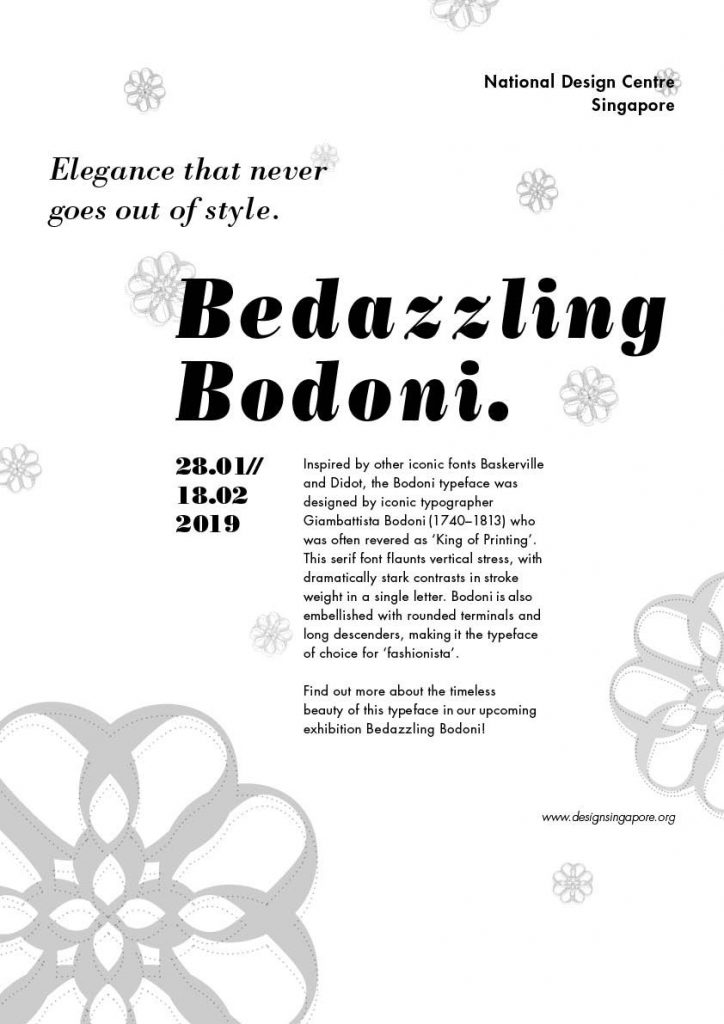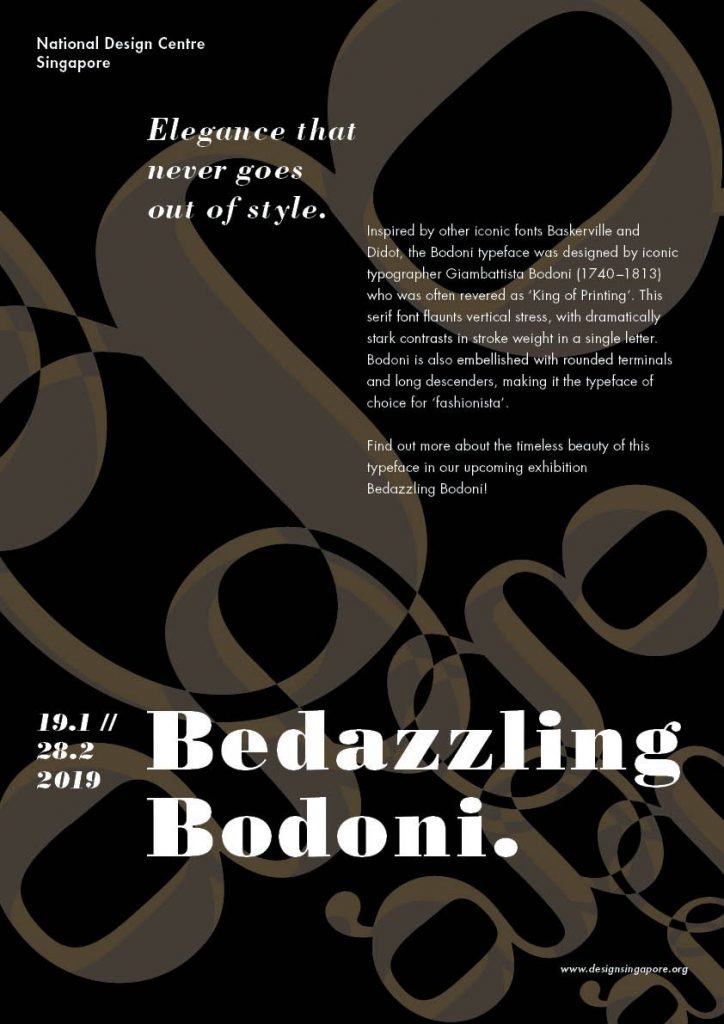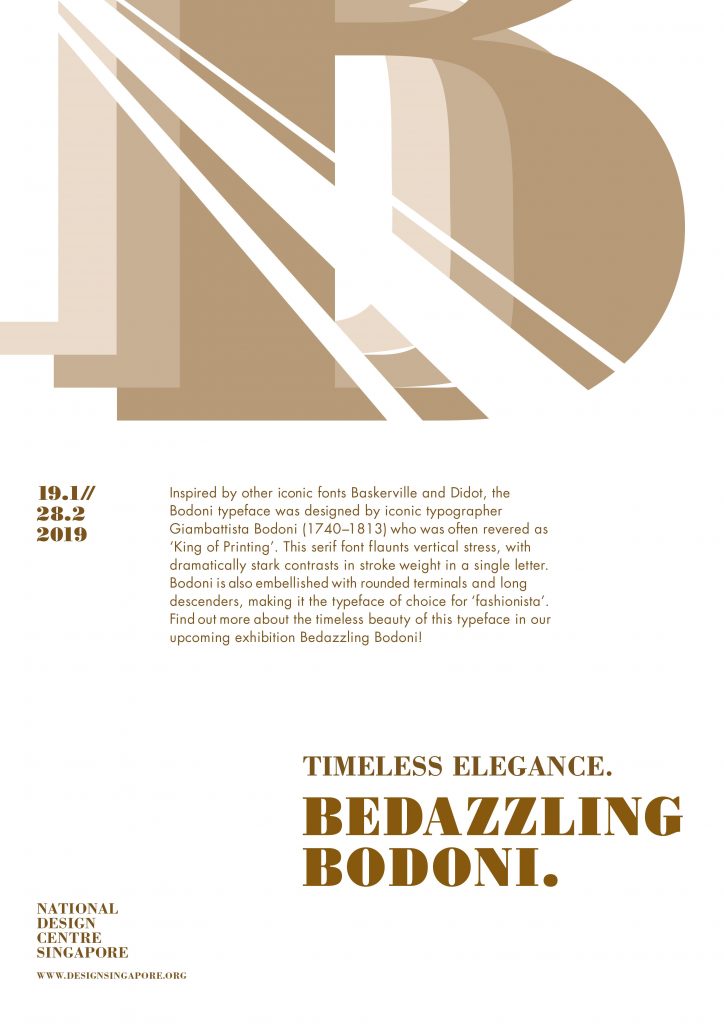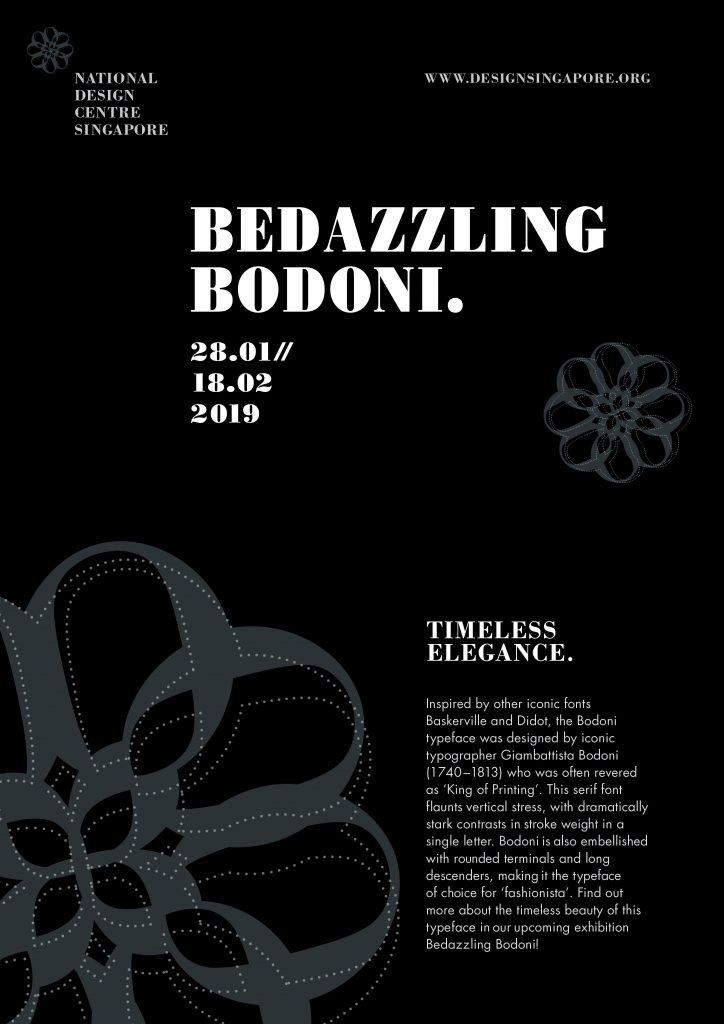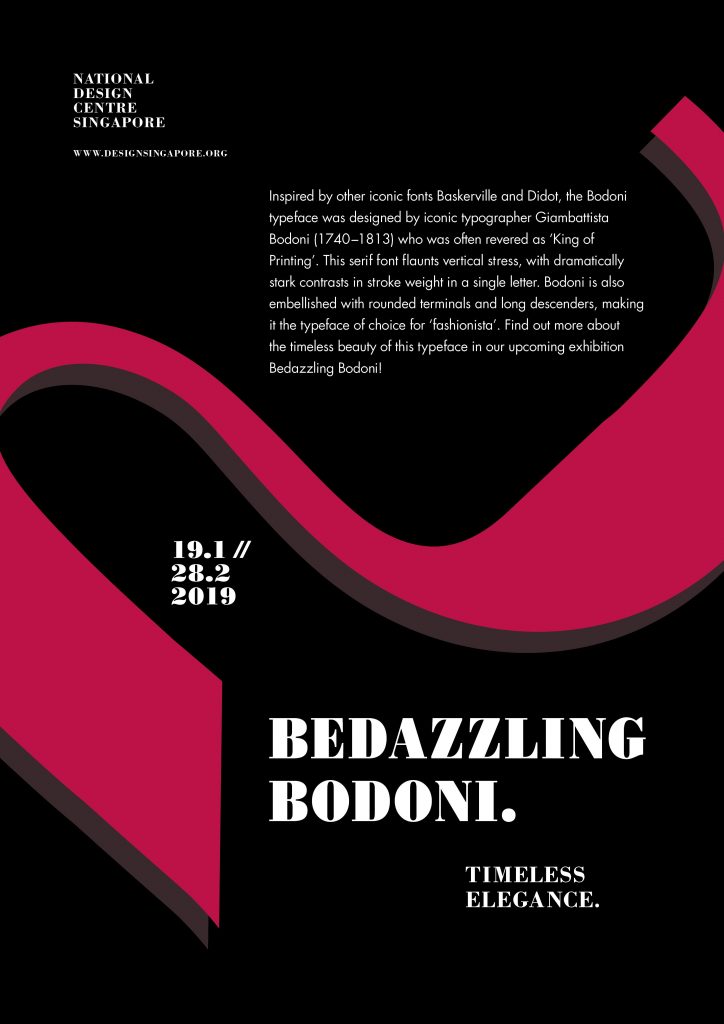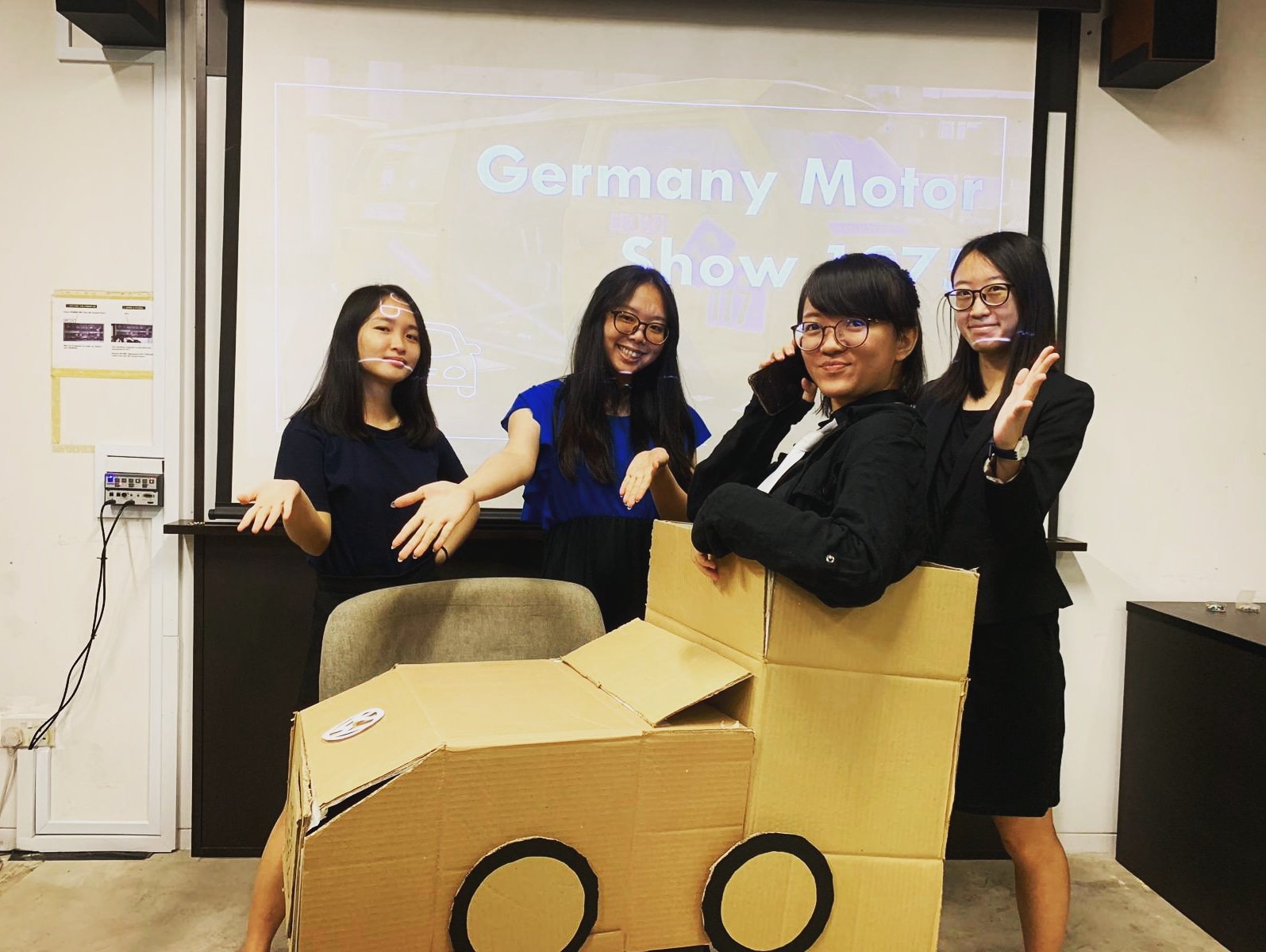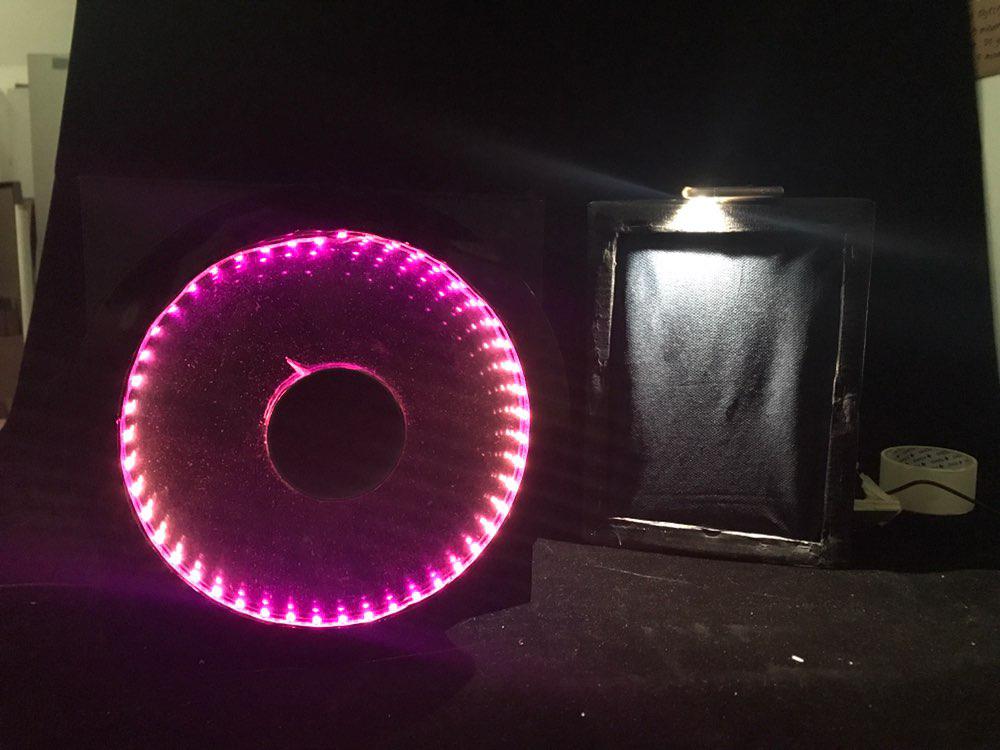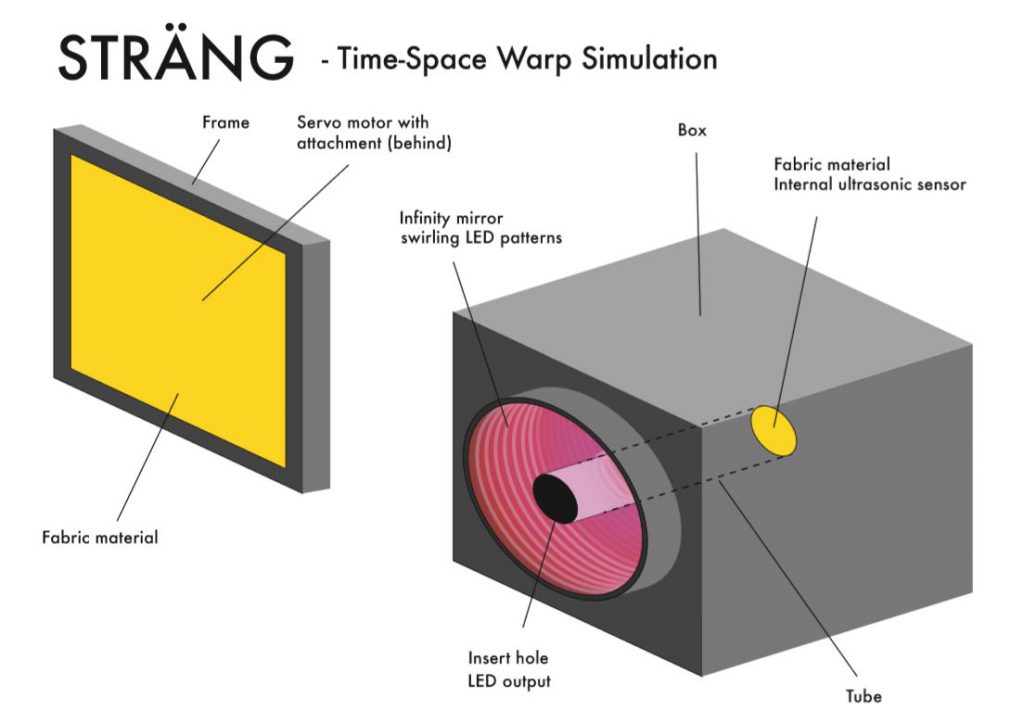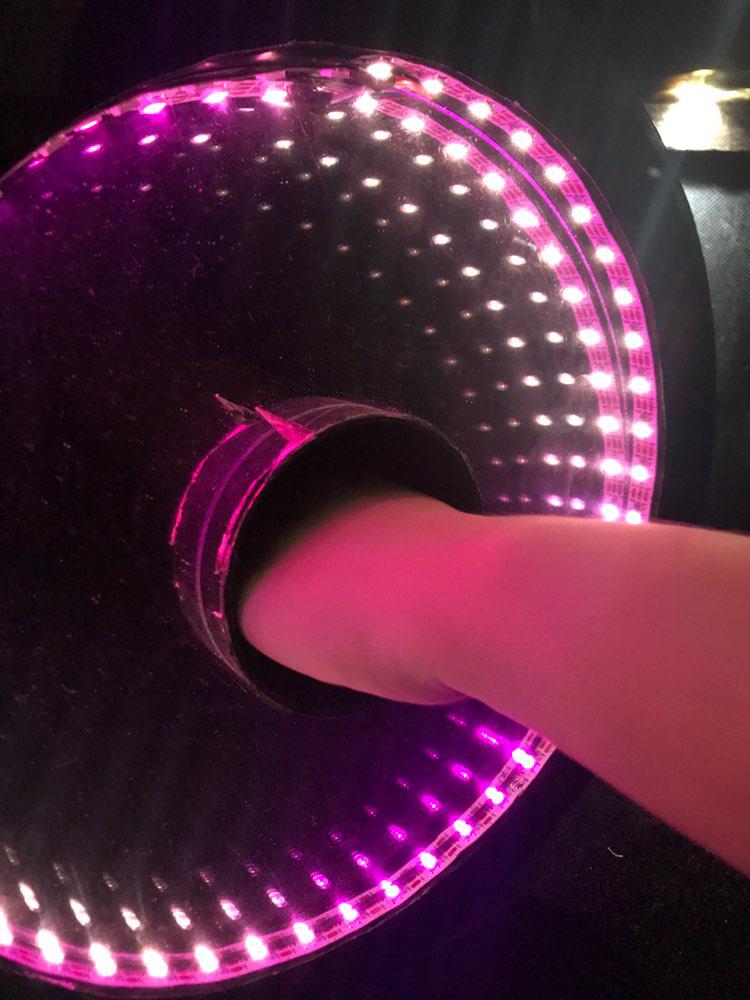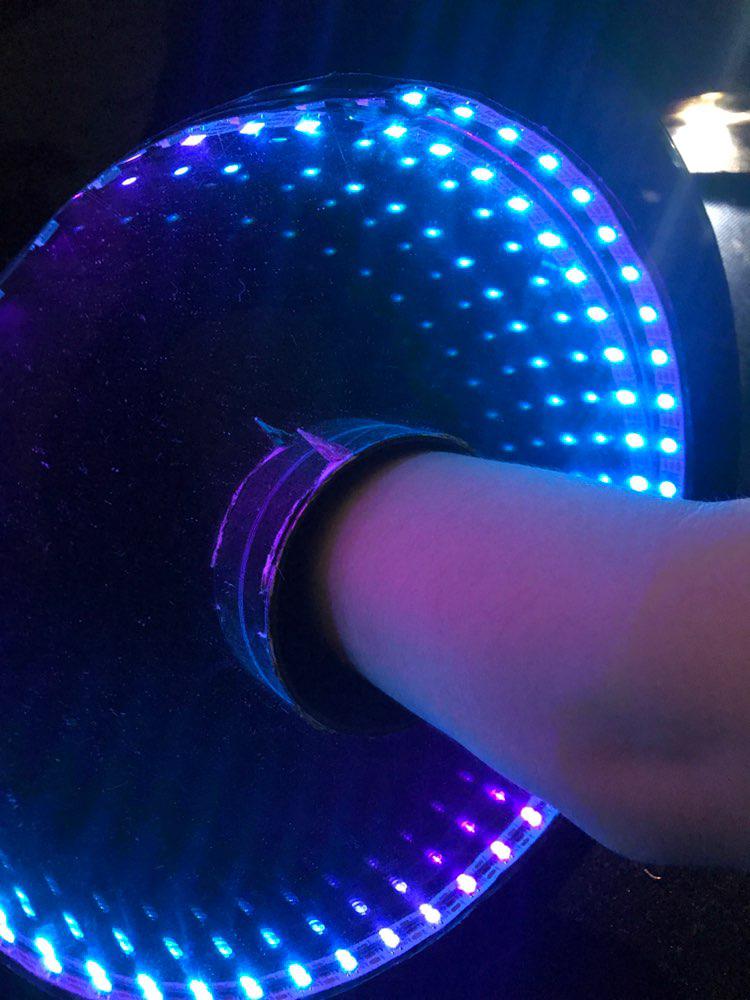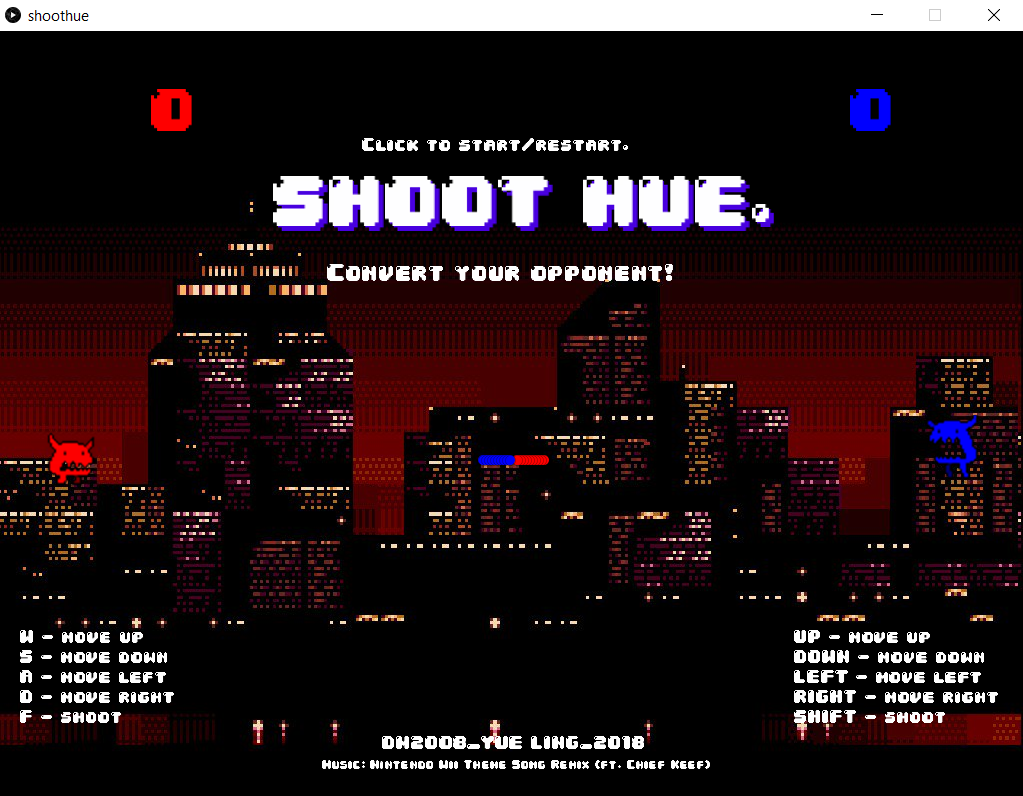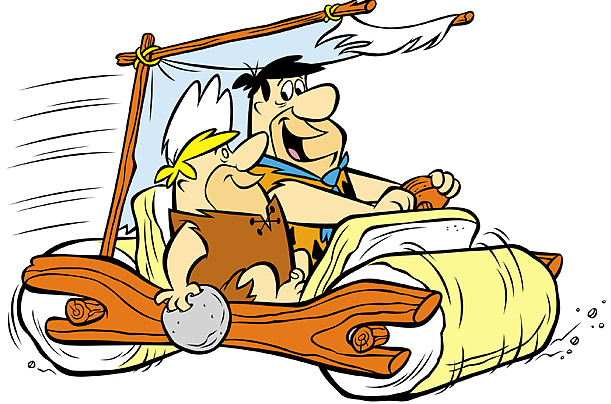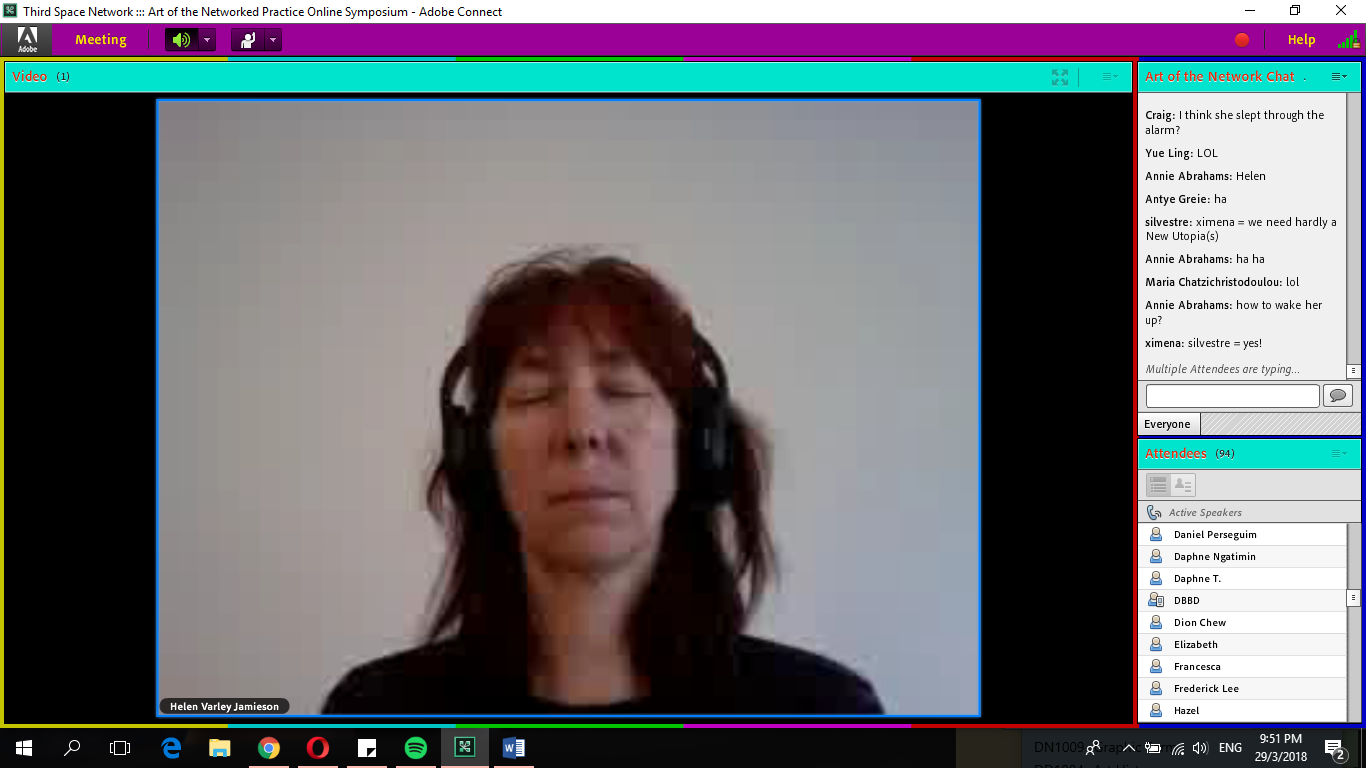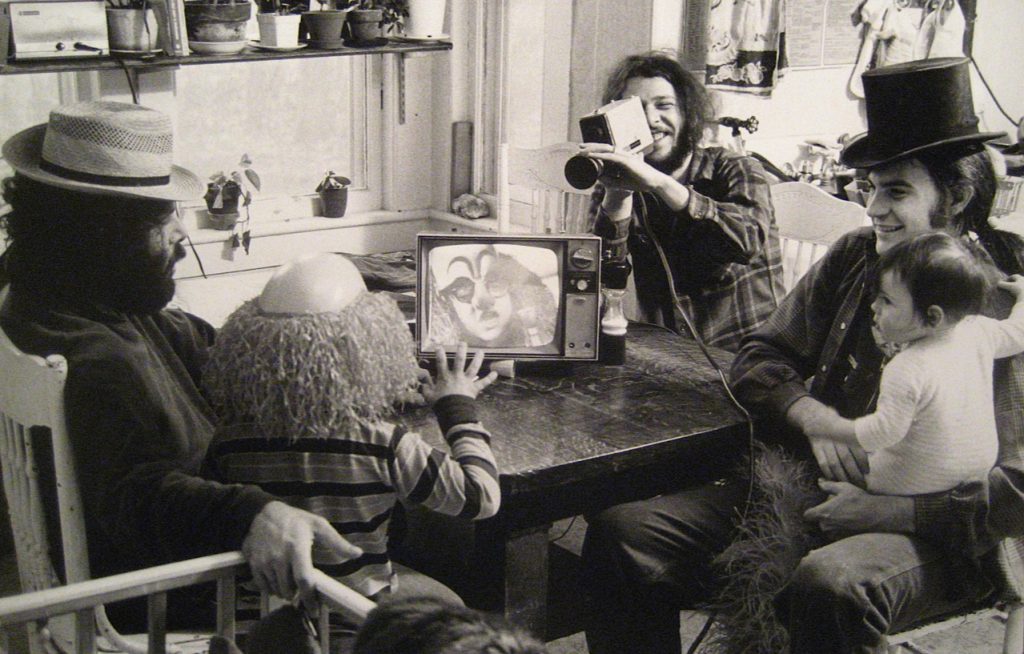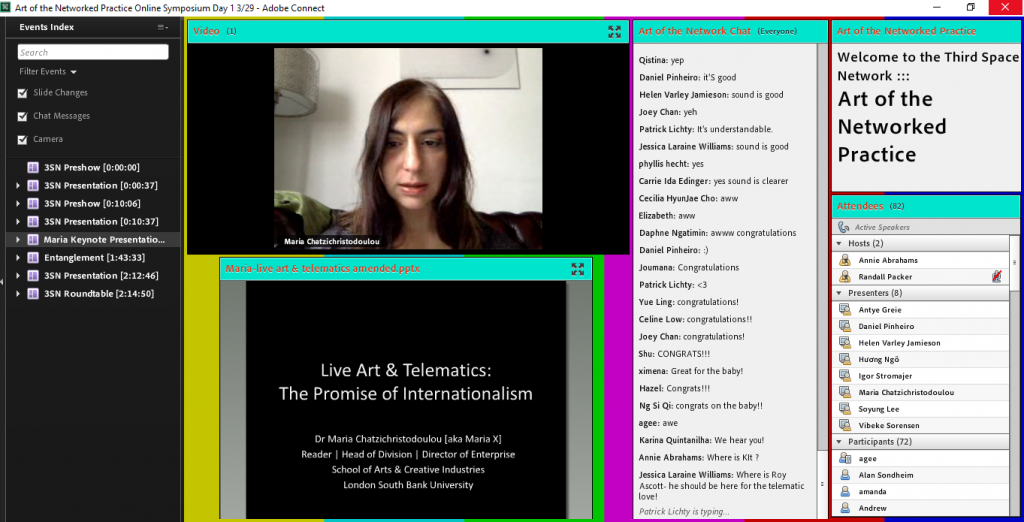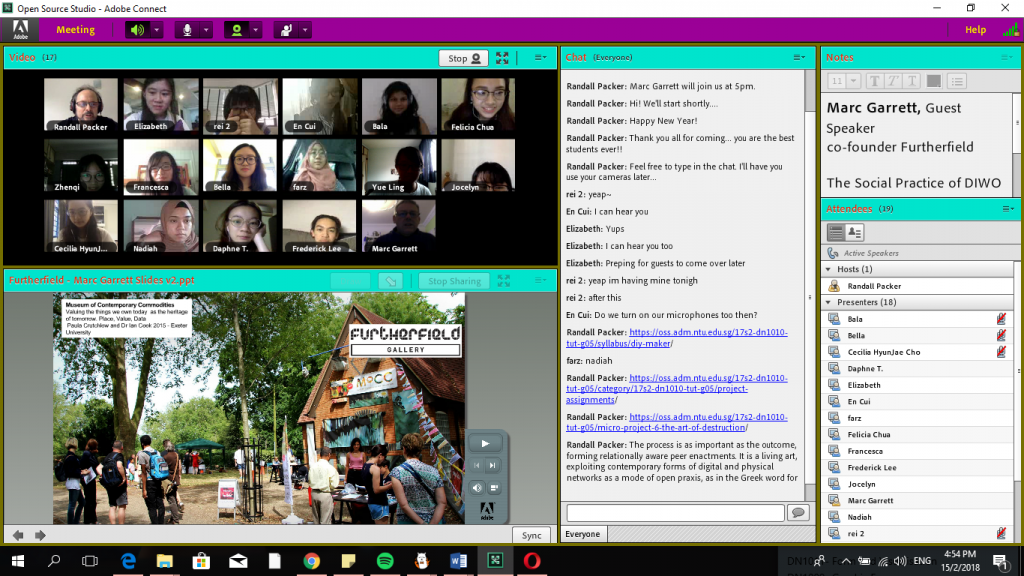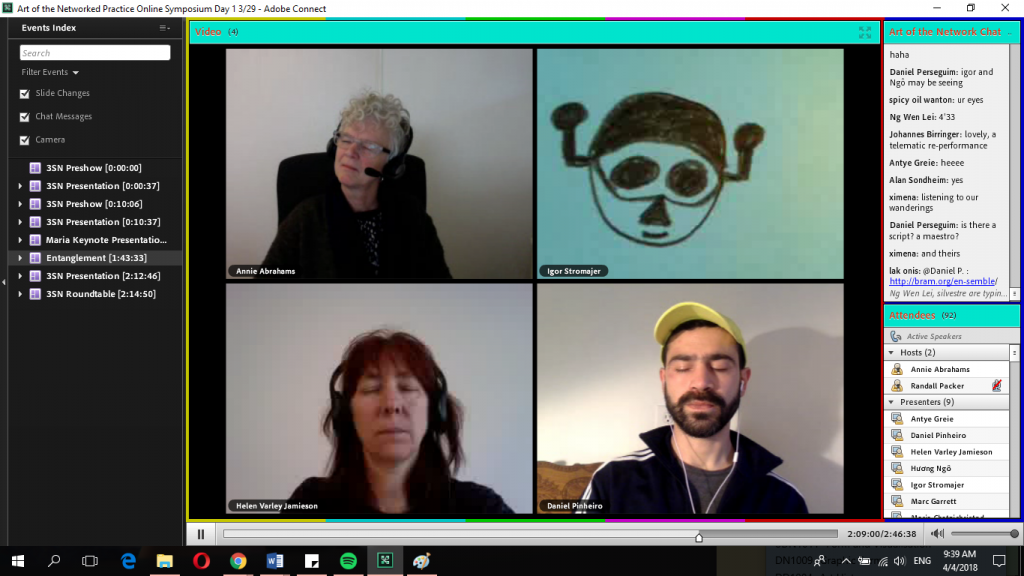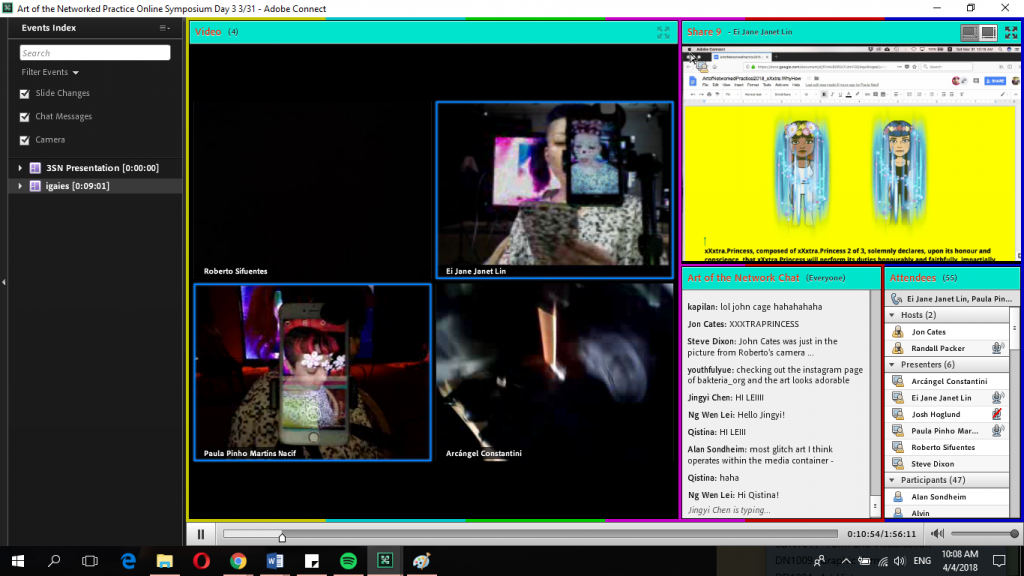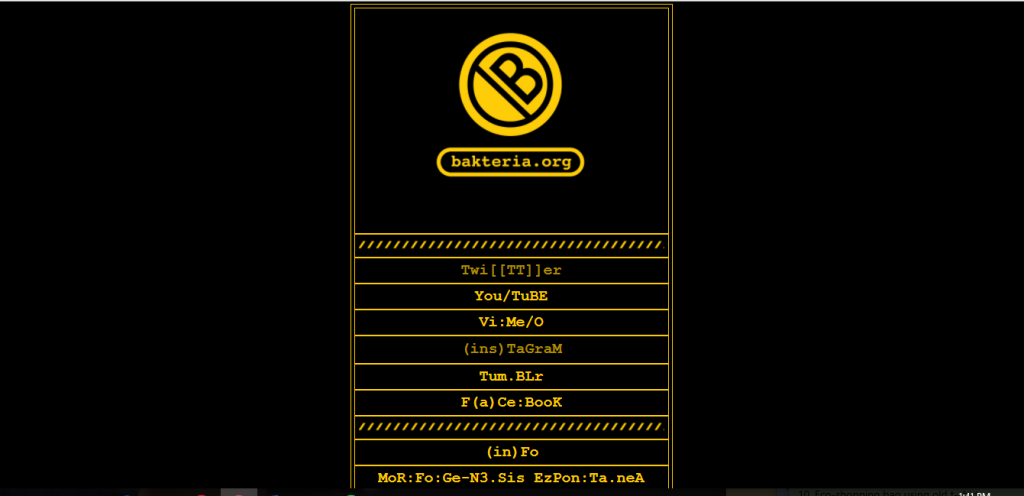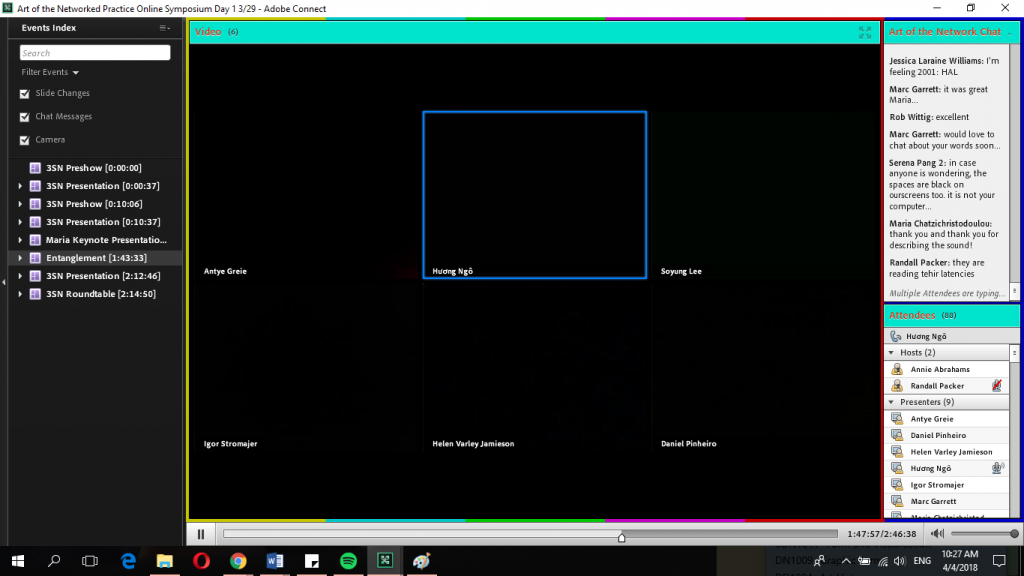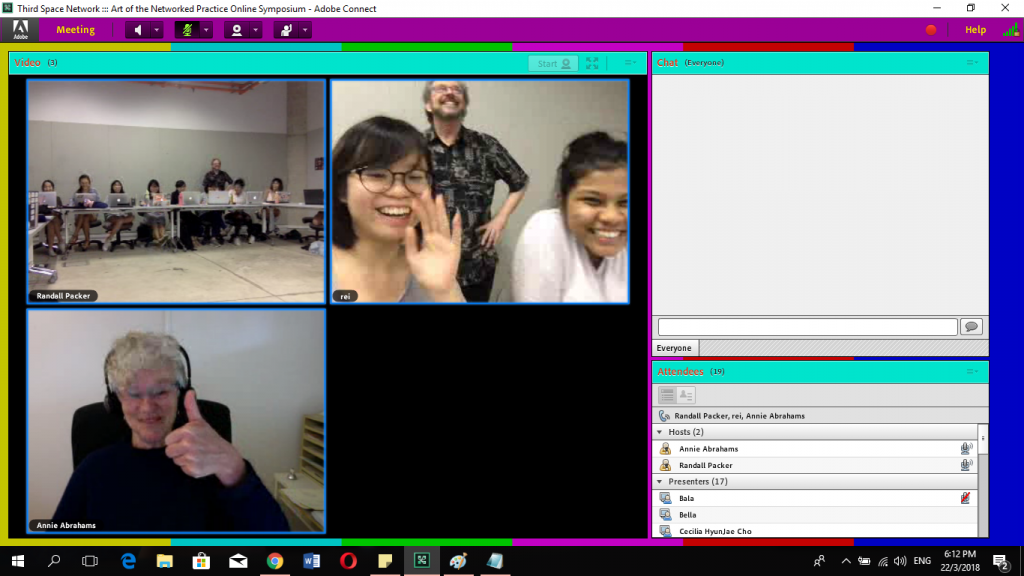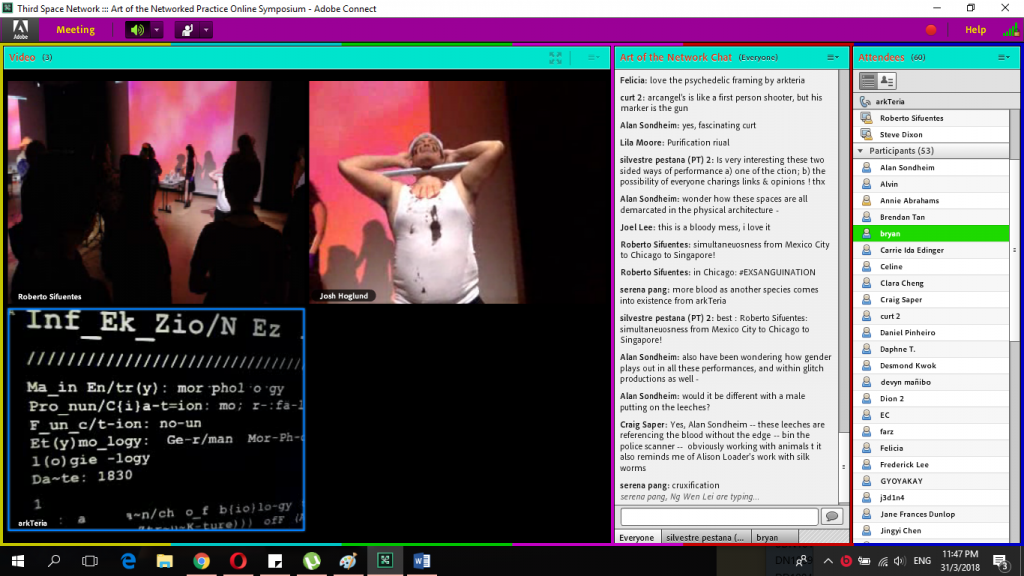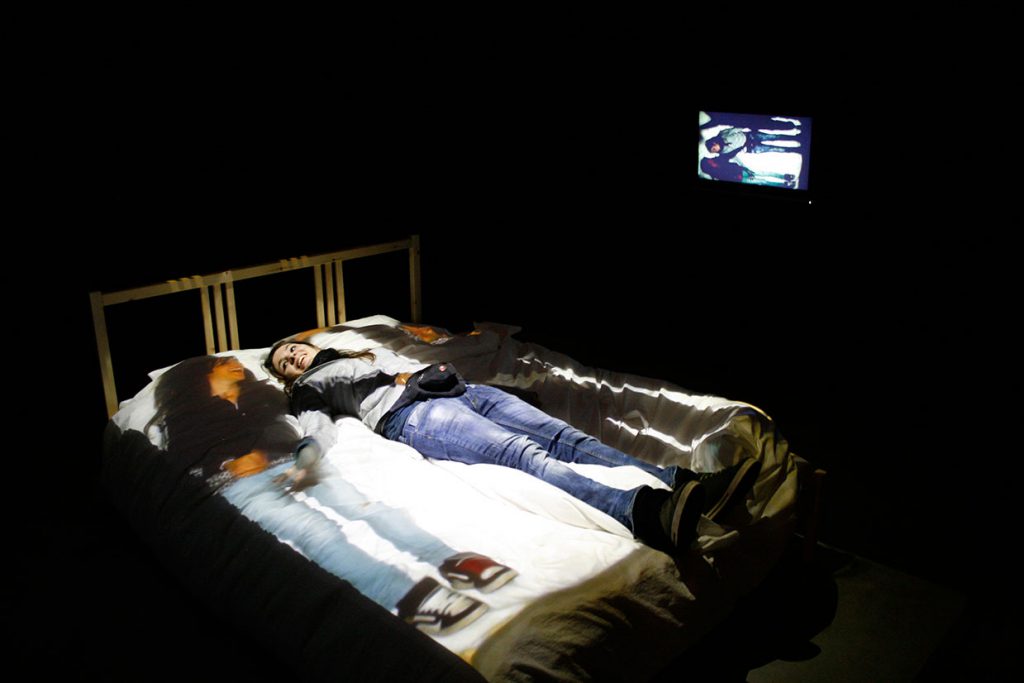[Team Members: Jasmine, Tiffany, Yue Ling, Vania]
VAG ROUNDED
(a.k. a. VAG Rundschrift)

General Content
VAG Rounded is a typeface that was developed by Sedley Place in 1979 as part of the corporate branding for Volkswagen. The “VAG” stands for “Volkswagen Aktiengesellschaft” (which is German for “Volkswagen Incorporated”). Insiders at Volkswagen joked that V.A.G means Von Adolf Gegründet (“Founded by Adolf“). In 1989, the font was published for public use by Adobe. Its designers were David Bristow, Gerry Barney, Ian Hay, Kit Cooper, and Terence Griffin. Sedley Place was a branding and marketing company created by members of the VW marketing group and still exists today as a powerful force in the world of high-end marketing.
There was no easy way to combine the existing Audi/VW font identities with Audi using a full serif Times and VW using the 1927-designed Futura font. The art and creative director decided that a totally new typeface was required, thus the concept of a rounded-end typeface as a basis for their typographic branding was born. Originally rendered by hand, the VAG Rounded design was later perfected using a PDP-8 computer.The VAG Rounded typeface was subsequently used in all corporate and dealer publications of VW, Audi VAG Bank and VAG leasing until the late eighties, when VW began another round of re-branding. The VAG Rounded design remained in use by VW until as late as 1992.
VAG Rounded was designed to act as the corporate typeface for the German car manufacturer Volkswagen. To address the problem of worldwide users obtaining the font for work commissioned by the company, it was placed in the public domain.
The anatomy of the VAG Rounded typeface has the following features:
- Geometric San Serif
- Originated in UK
- 19th century grotesque
- First typeface with all Rounded terminals
- Closed aperture (of letter e)
- Even stroke weight
- No italics
- Circular bold strokes
- Short ascenders
- Moderate descenders
- Long extenders
- Many type weight variation
- Monoline bold stroke
- Circular tittle of ‘i’. Slightly wider than the stroke
- Large x-height with low contrast
- Rounded apex
There are many fonts variants developed under VAG Rounded.
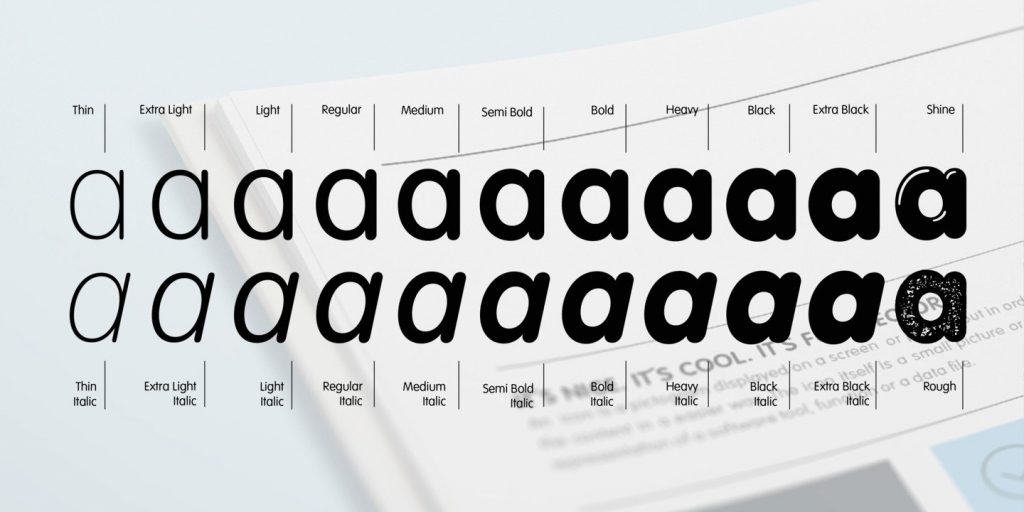
Mainly because of the lack of hard and sharp edges being replaced by rounded and gentle curves, VAG Rounded presents a clever balance between a friendly appearance and a corporate seriousness.
To date, Volkswagen no longer uses VAG Rounded, but instead uses a Futura derivative called ‘VW Utopia’. However, VAG rounded (or its derivatives) is/are still used in other contexts, such as the Skype logo, Jollibee logo, or Apple keyboard. There are also other alternatives to VAG Rounded such as Arial Rounded and Helvetica Rounded.
Presentation Structure
1. Skit segment about a Volkswagen car show
–
A ratchet handmade Volkswagen car will enter the scene in the context of a car show set in Germany in 1979 after Volkswagen has acquired Audi. Staff from Volkswagen are struggling to promote and sell their new car model but they are unable to get anyone to buy their cars. The staff hold a board meeting with designers (fictionally from Sedley Place) to discuss their branding strategies to raise sales.
2. Audience participation segment
Audience members will get to put themselves in the shoes of the graphic designers. They will be presented with a chart of Futura for Volkswagen and Times for Audi and try to combine the both of them and come up with their own typeface (a few letters will be picked for them to save time) to solve the problem and help raise sales for Volkswagen.

3. Analysis of VAG Rounded typeface

It will then be revealed that the actual chosen typeface is VAG Rounded. We will then proceed to analyse the typeface anatomy of VAG Rounded in detail.
4. Mention of contemporary application of VAG Rounded
It will then be explained why VAG Rounded was chosen (how it’s a friendly, yet corporate typeface) and is still currently used for branding and advertising in current times to target certain target audience (namely children most of the time).
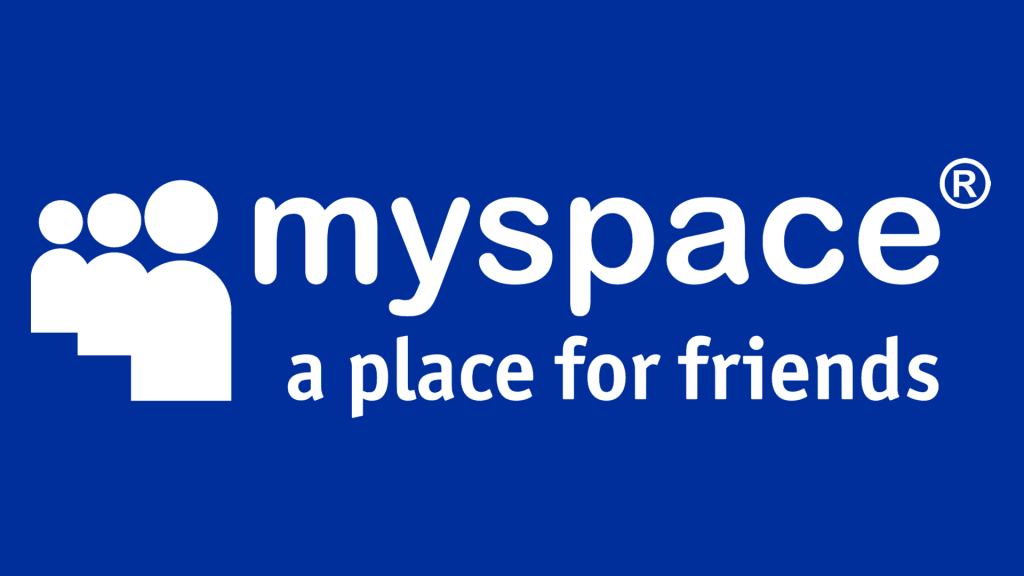
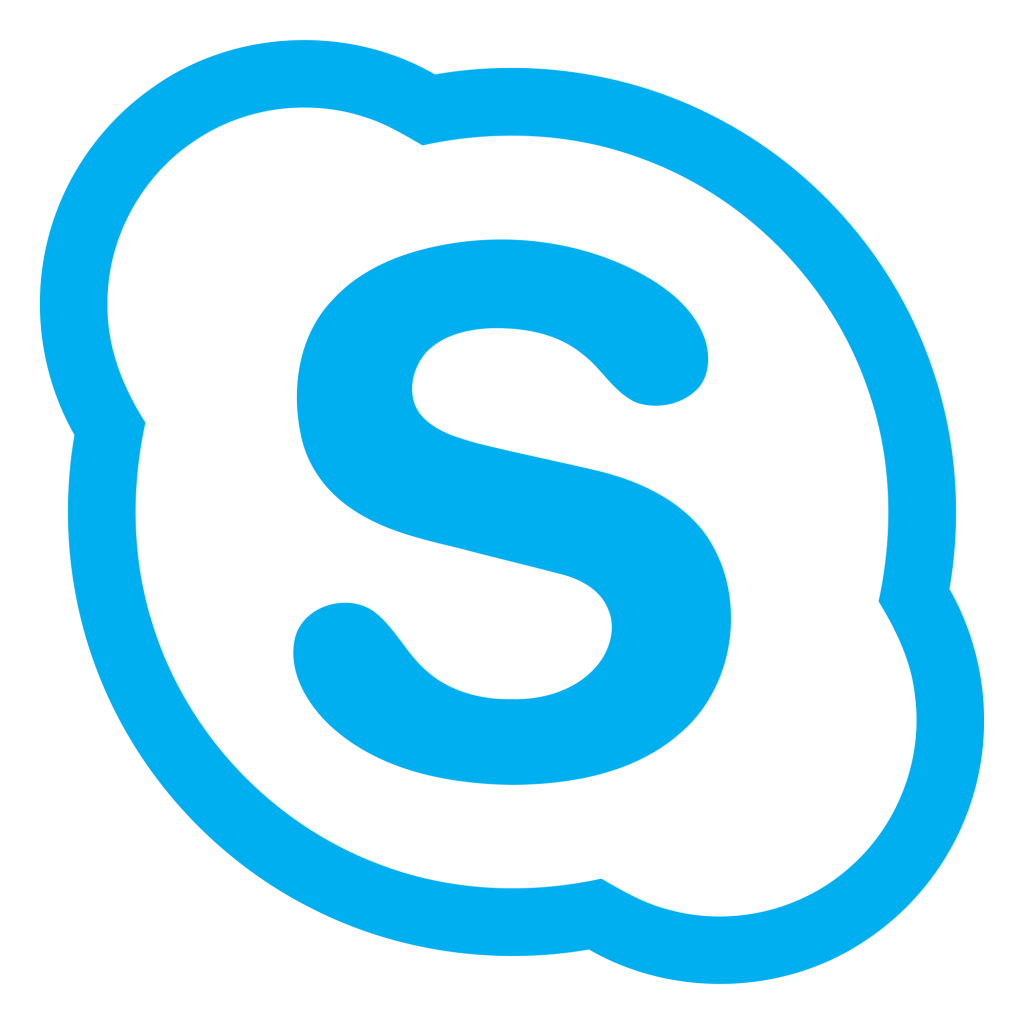
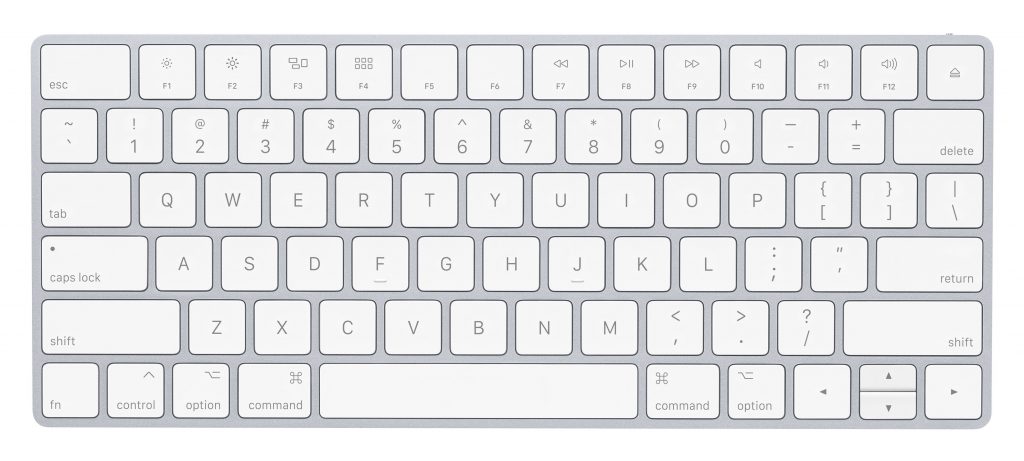
5. Kahoot segment + Prize presentation
We will then summarise the presentation with a Kahoot segment to consolidate the information about VAG Rounded. The highest scorer will get a prize of a Jolliibee drink cup with its typeface being analysed with markers. 😀
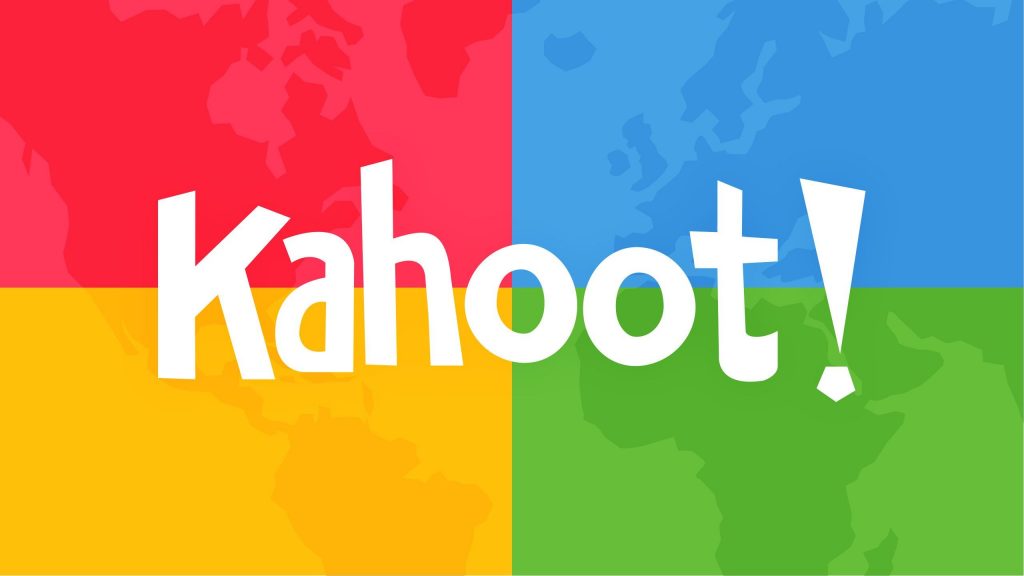
6. 5 min Q&A
We will then accept any inquiries from the audience.
The Actual Skit
Thank god for the existence of Google drive.
Our group discussed over Whatsapp and Google docs to get everything together.
Link to the planning Google doc:
https://docs.google.com/document/d/1srhyXJHbOD7V9-es_O0-y8IRlMml2iQhmoqJT0lfgTA/edit?usp=sharing
Link to our slides:
https://docs.google.com/presentation/d/1VBHPohVXDiI6cl6A3k1g5d61p0EnyV2kHdXfoc3SBxo/edit?usp=sharing
Slide from our presentation:
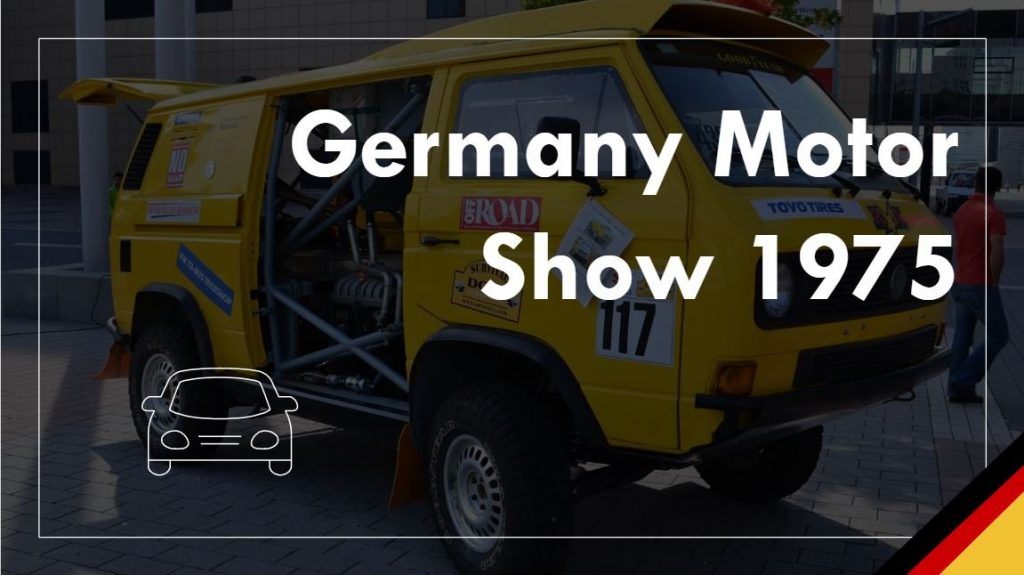
We contextualised everything into the scene of a car show and a board meeting. Our audience participation segments consisted of getting the audience to design a letter of their own typeface by taking Futura (used by VW) and Times (used by Audi) into consideration. This helps them to put themselves into the shoes of Gerry Barney and his team at Sedley Place when they were tasked to design a new typeface for VW back in 1979.
VW: Futura
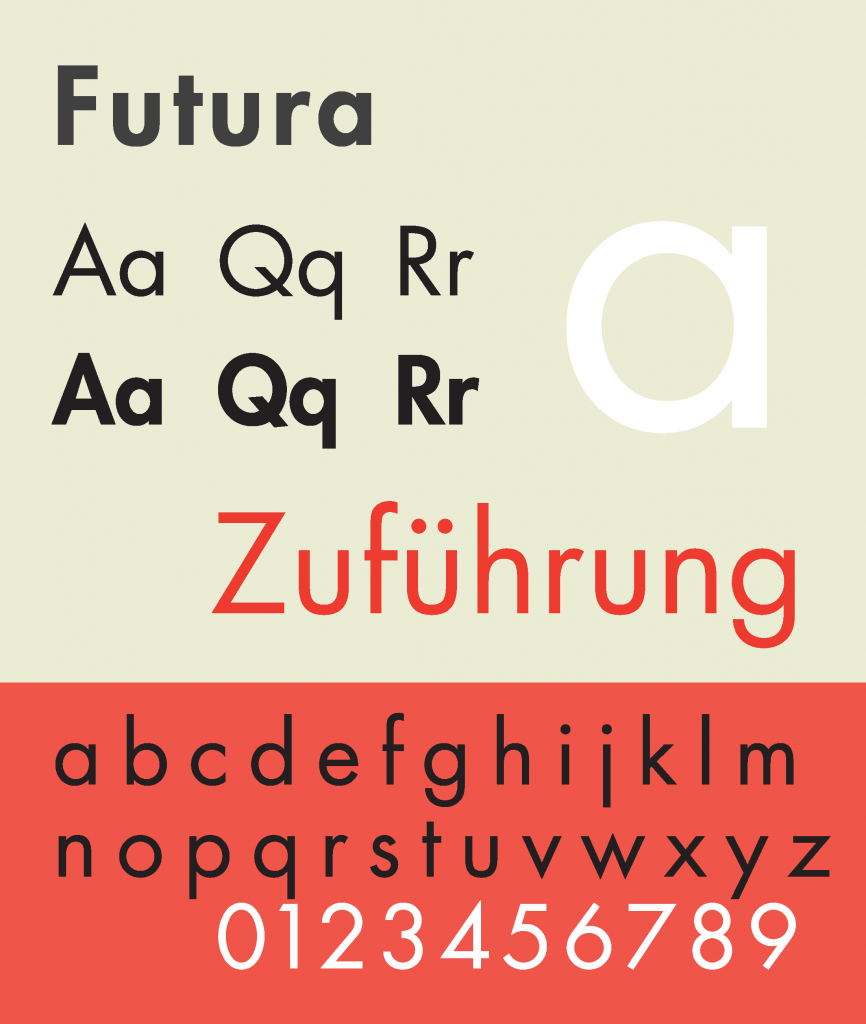
Audi: Times

Our lovely classmates’ responses!
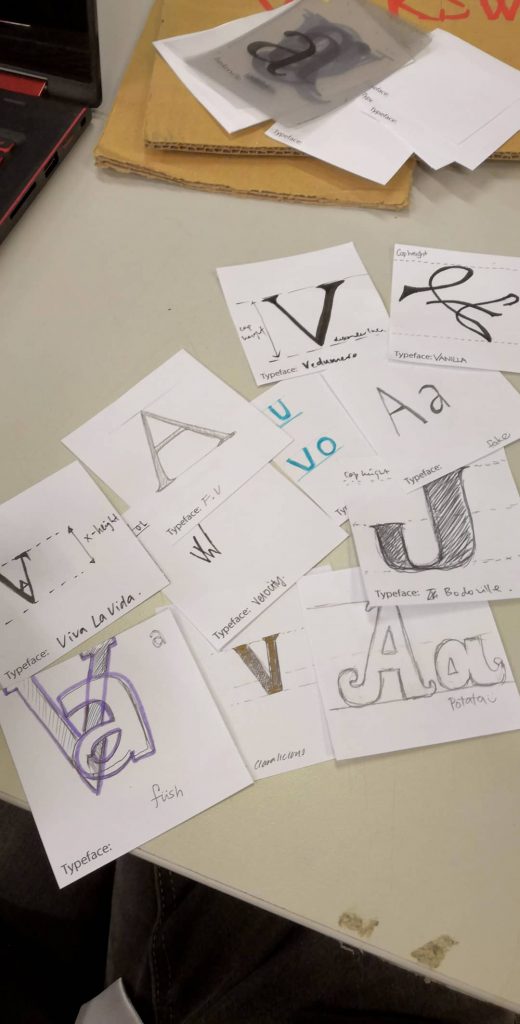
A few letters from the VAG rounded typeface were also selected to make closer comparisons between the type anatomies of VAG rounded, and the original typefaces of VW and Audi (Futura and Times). Arial Rounded was also chosen for comparison since it was another rounded typeface that was similar to VAG rounded.


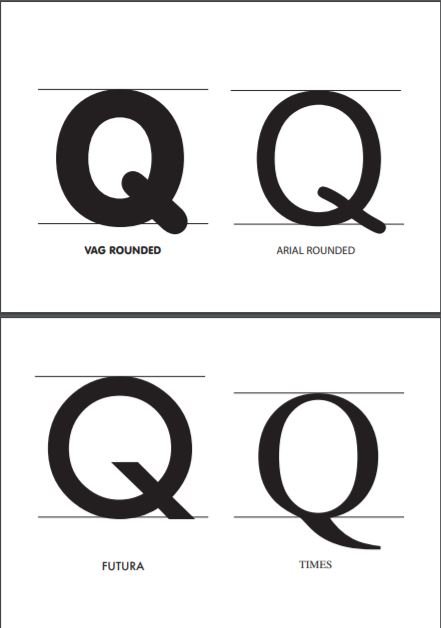
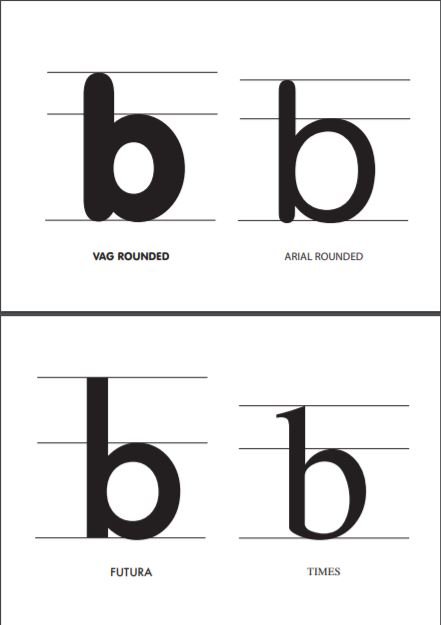
For our VW car prop, we picked up abandoned cardboard from Can 2 and transformed it over a night into a beautiful (and questionable) Volkswagen car. 😀
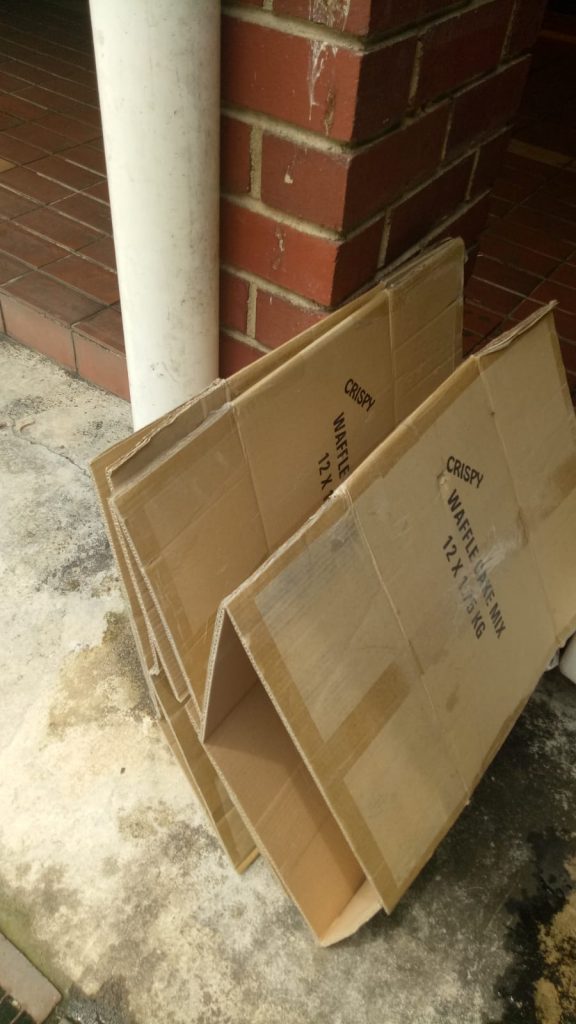
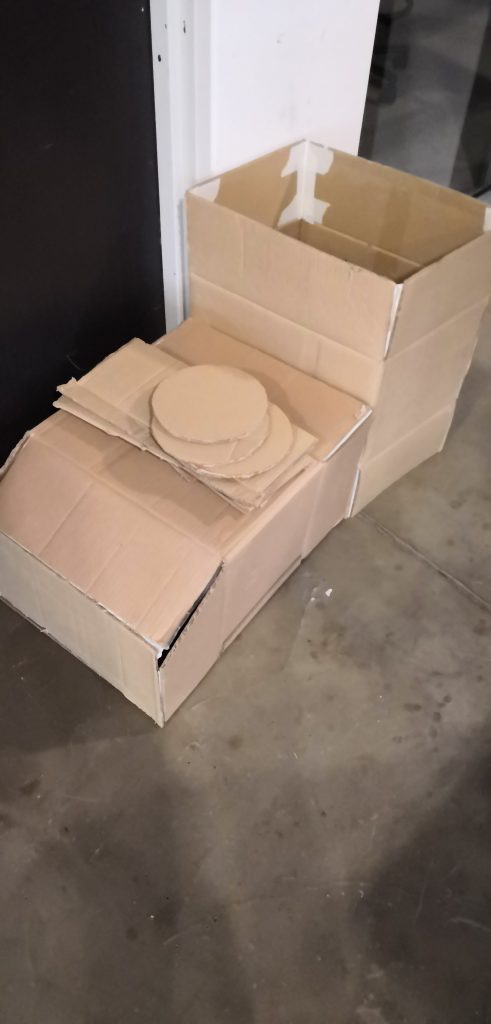
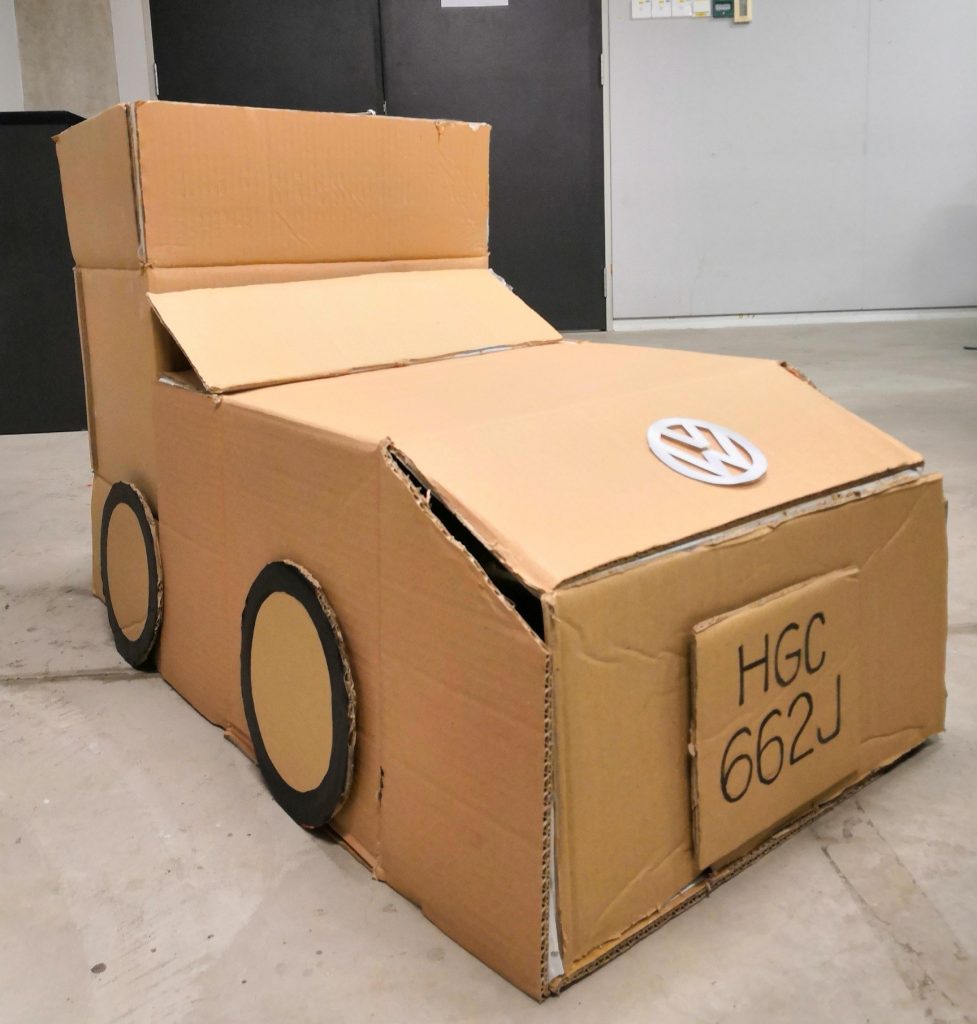
We dug the internet for examples of the original designs of advertising collateral from VW designed by Sedley Place back in 1980!


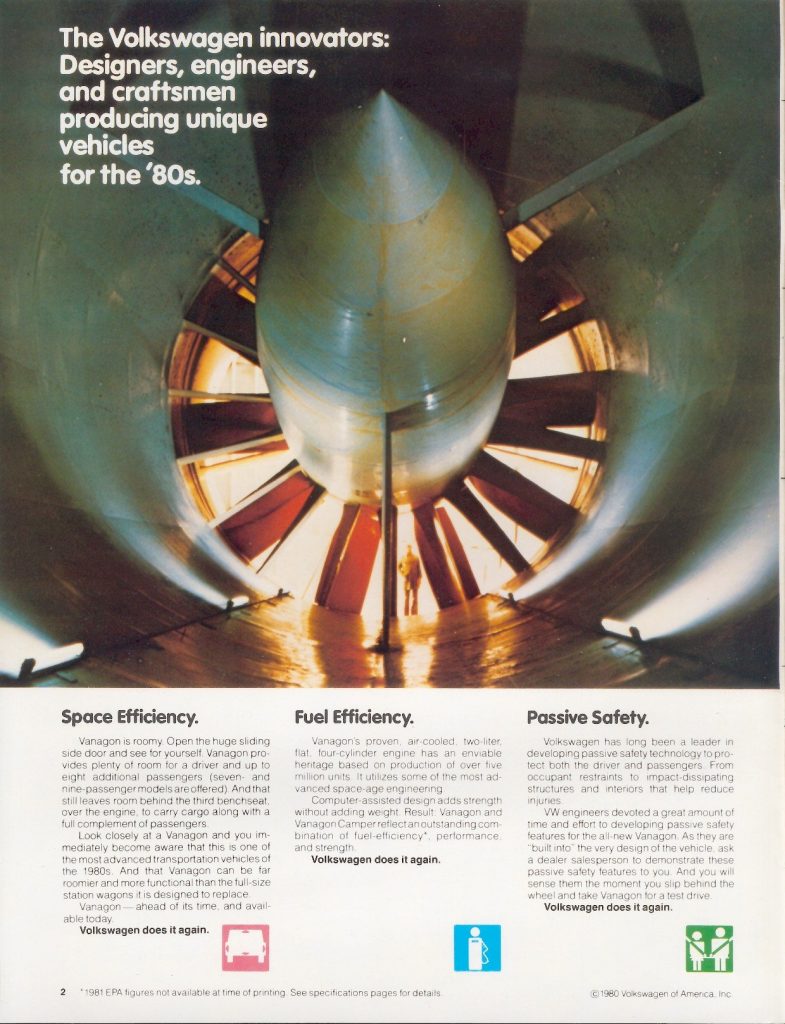

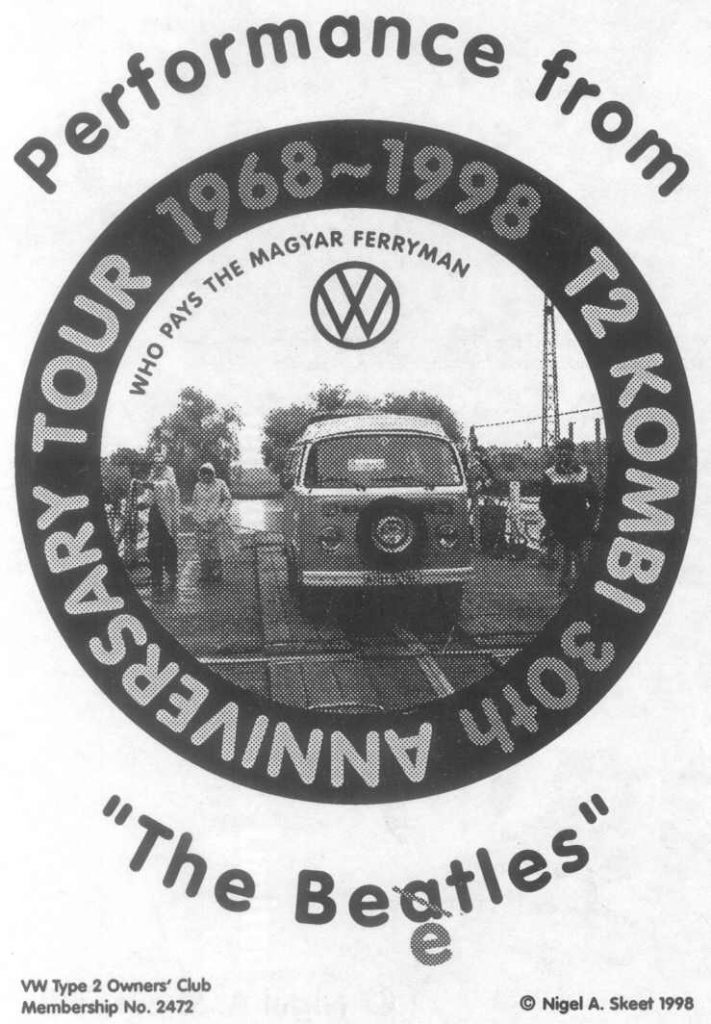
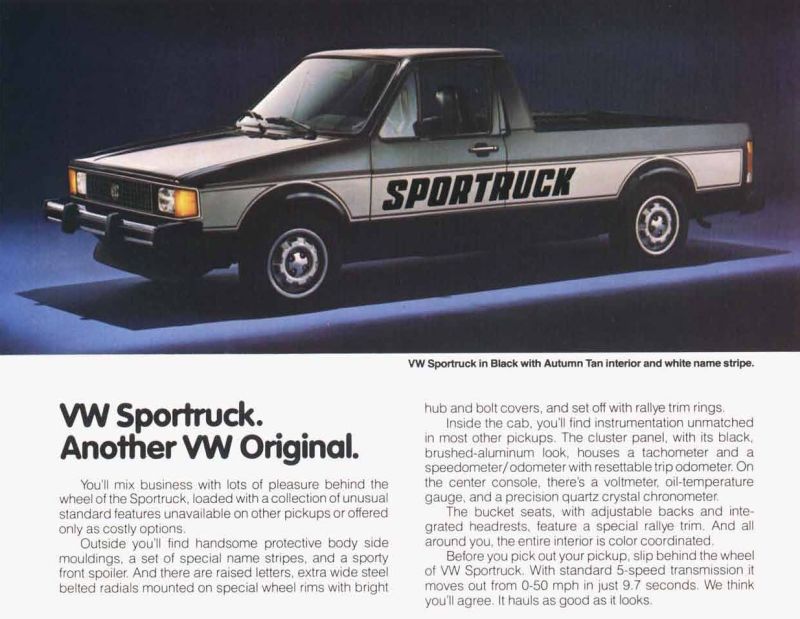
In addition to these old posters, we also emphasised how VAG Rounded is still currently used even in current times for brands/companies that are aiming for a convivial yet corporate vibe since VAG Rounded still has even stroke weight and very much follows the structure of basic shapes, unlike fonts like Arial Rounded (look at letter Q) or Comic Sans.
We also added in a Kahoot at the back to consolidate everyone’s knowledge about VAG Rounded!
Here are the Kahoot! questions:
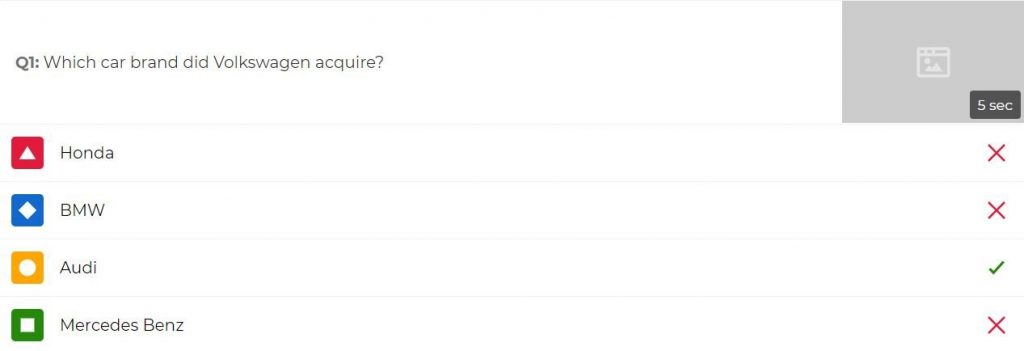
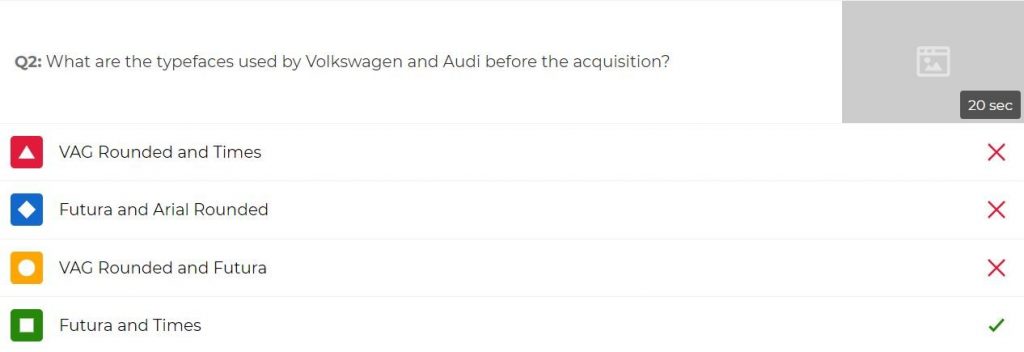
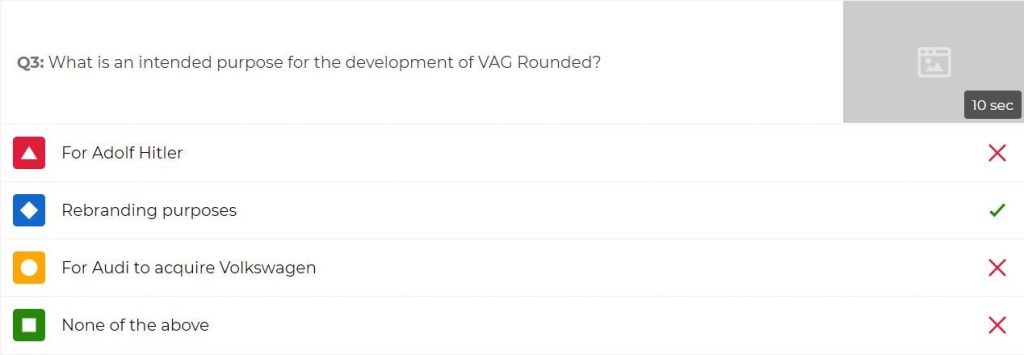
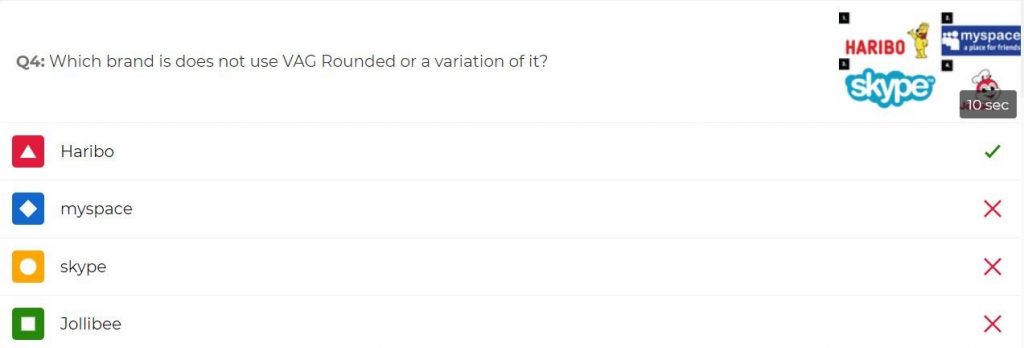
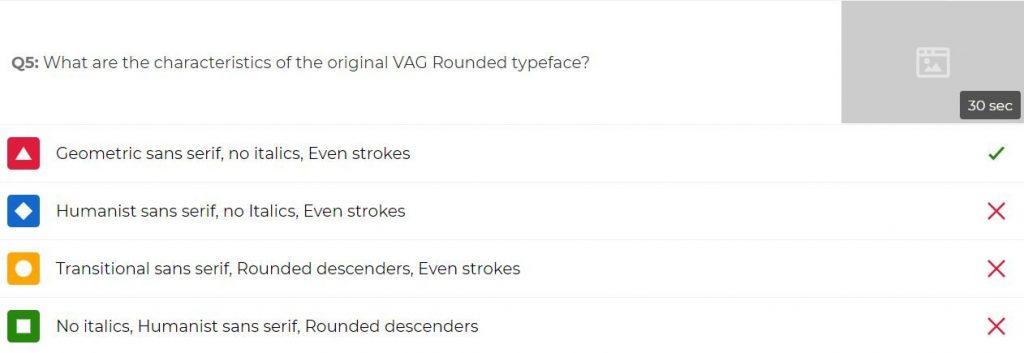
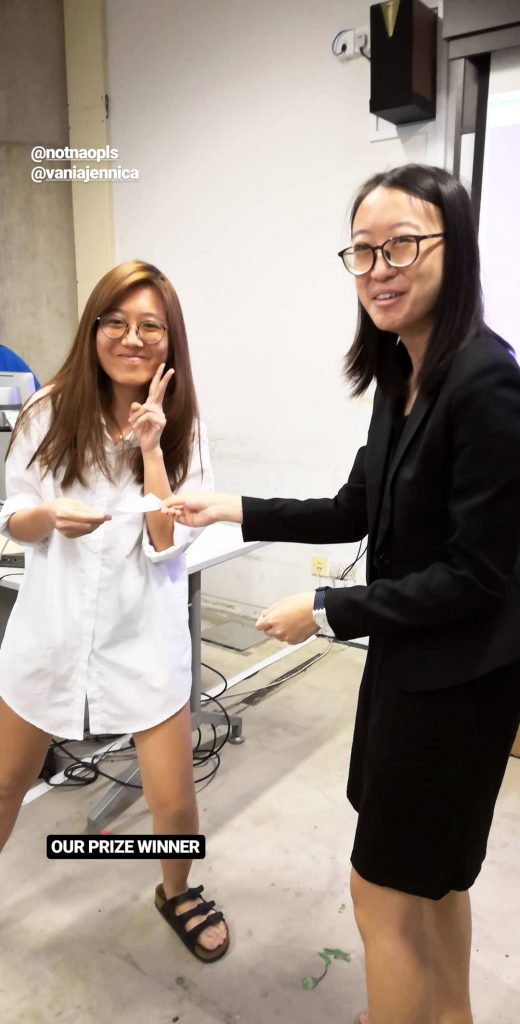
Proof that we gave away an actual Jollibee voucher as promised! (Thanks Tiffany for going all the way to town to buy it!)
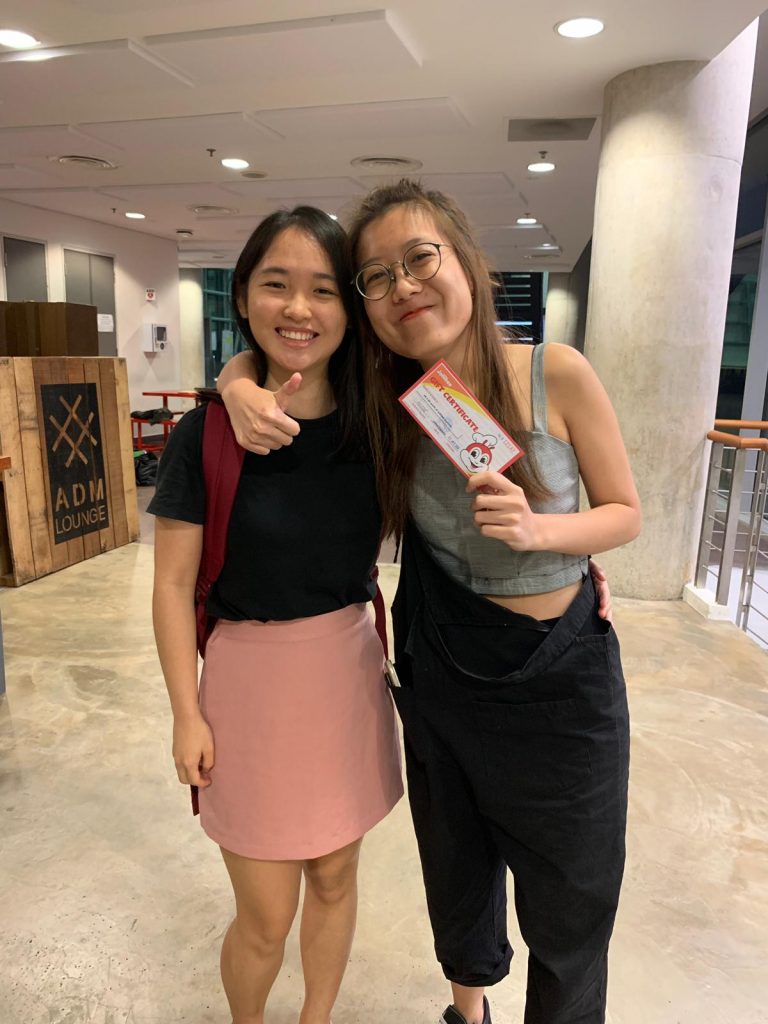
Group photo at the end of the presentation! 😀 Big thanks to everyone <3
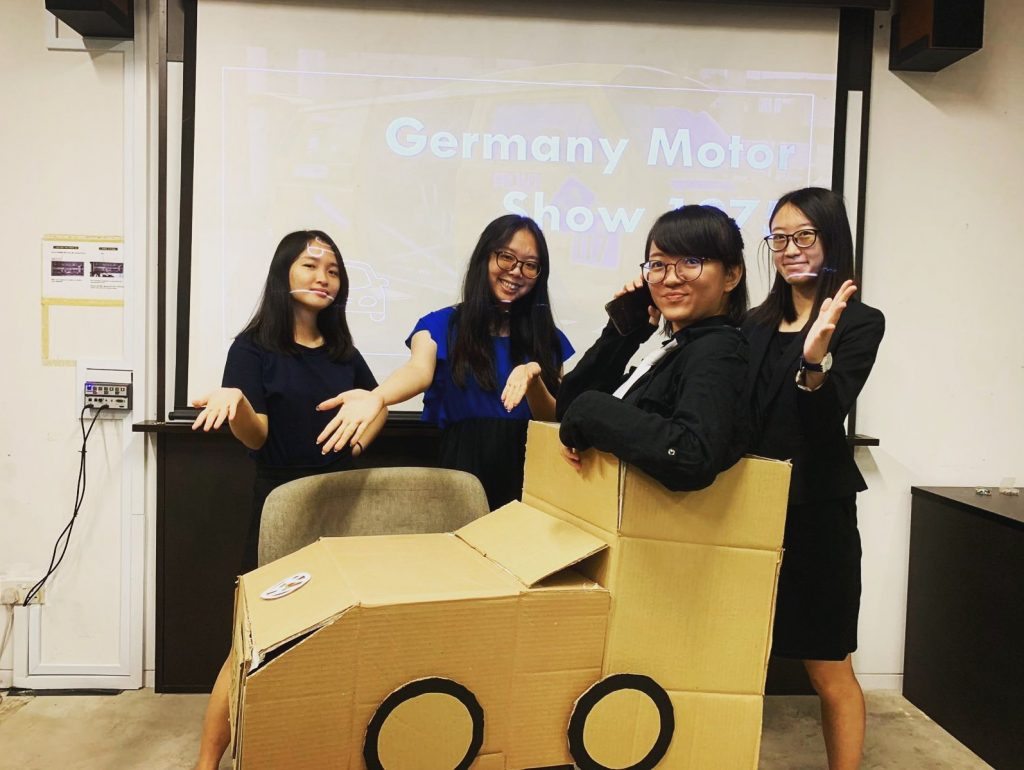
xoxo
Personal reflections
Jasmine:
Through this project, I learnt a lot about the VAG Rounded font. Previously I was only aware of comic sans as a rounded font but after researching, I learnt the existence of different rounded fonts and how they vary as well. VAG Rounded also taught me how understanding the background of the typeface is crucial when applying it for different usage.
Vania:
This project taught me that there are more to consider when using typefaces—the context, the familiarity, the versatility, etc. It made me think that all typefaces have their own good and bad points—especially more with VAG Rounded, which I didn’t particularly like in the beginning. It made me want to break from just using the typefaces I like or I’m familiar with. Moreover, I also learnt that a group setting is beneficial for ideation and problem-solving, since not everyone will think the same way and that could be a good learning point for everyone.
Tiffany:
After researching about the development process of VAG Rounded typeface and how it portrays Volkswagen at that time, I feel that it is important to be aware of the trends and the characteristics of different type classifications and typefaces to better apply with the intended purpose of future projects. Preparation, time management and initiative in a team should be taken care for better presentations in the future.
Yue Ling:
This project taught me that sometimes using skits can really make presentations a lot more interesting (even though it’s harder on the presenters, but it’s worth it). Initially, there was not too much historical data to go on, but by contextualizing the presentation, more time is committed to making information more memorable through storytelling and audience engagement instead of rushing through a normal lecture-style presentation, and we even ended up slightly exceeding the 15 minute mark much to my surprise. I’ll definitely consider doing more crazy skits for my future presentations!
Resources
https://www.fonts.com/font/linotype/vag-rounded/story
http://typedia.com/explore/typeface/vag-rounded/
https://www.linotype.com/1562935/vag-rounded-family.html
https://www.behance.net/gallery/47323669/Type-History-VAG-Rounded
https://andiehannan.myportfolio.com/typography
Seddon, T. (2015). The evolution of type: A graphic guide to 100 landmark typefaces. Richmond Hill: Firefly Books.
Dawson, P. (2013). The field guide to typography : typefaces in the urban landscape. London : Thames & Hudson, 2013. Retrieved from http://ezlibproxy1.ntu.edu.sg/login?url=http://search.ebscohost.com/login.aspx?direct=true&db=cat05206a&AN=ntu.1267666&site=eds-live&scope=site








![]() Portfolio Works
Portfolio Works